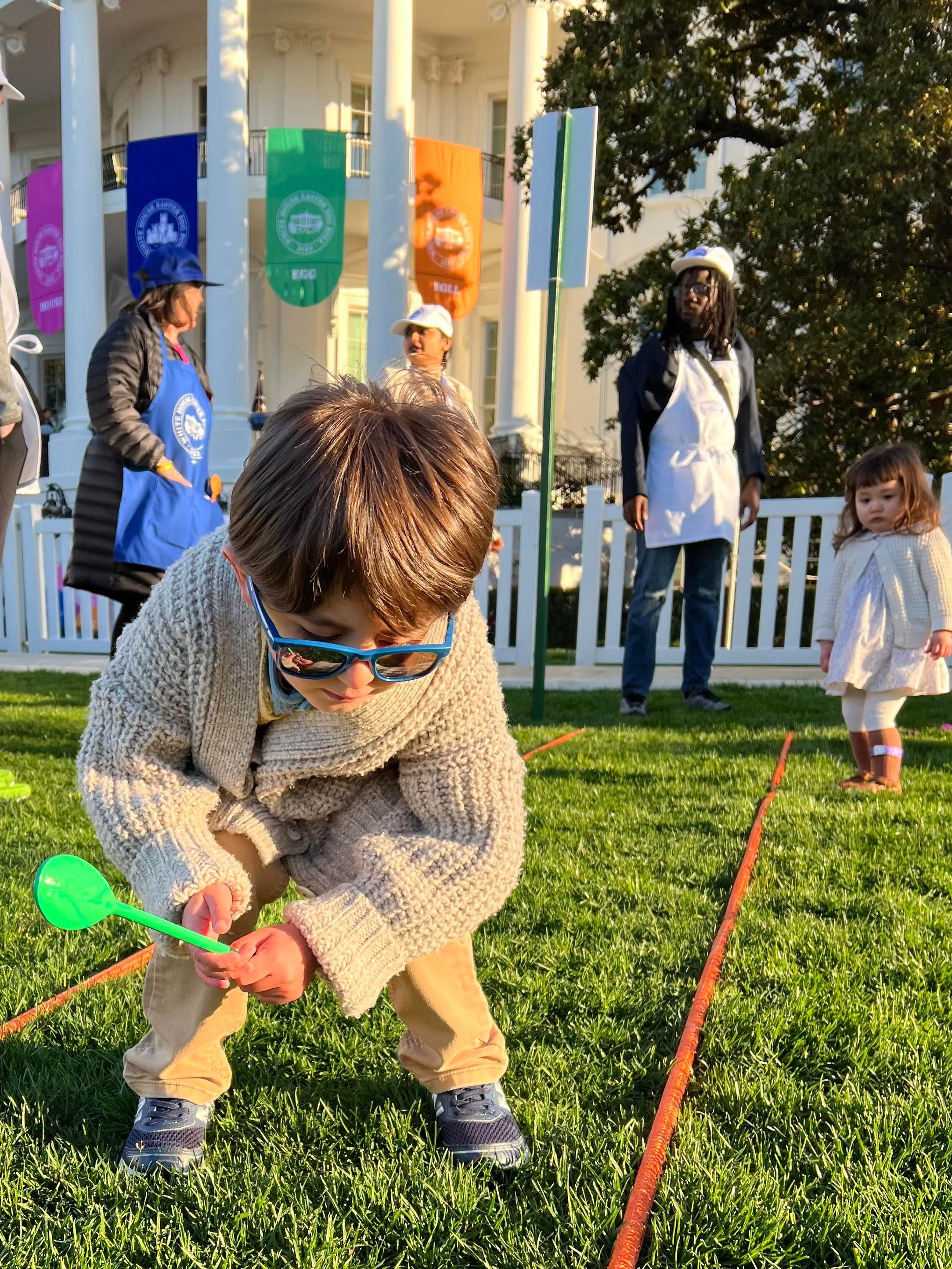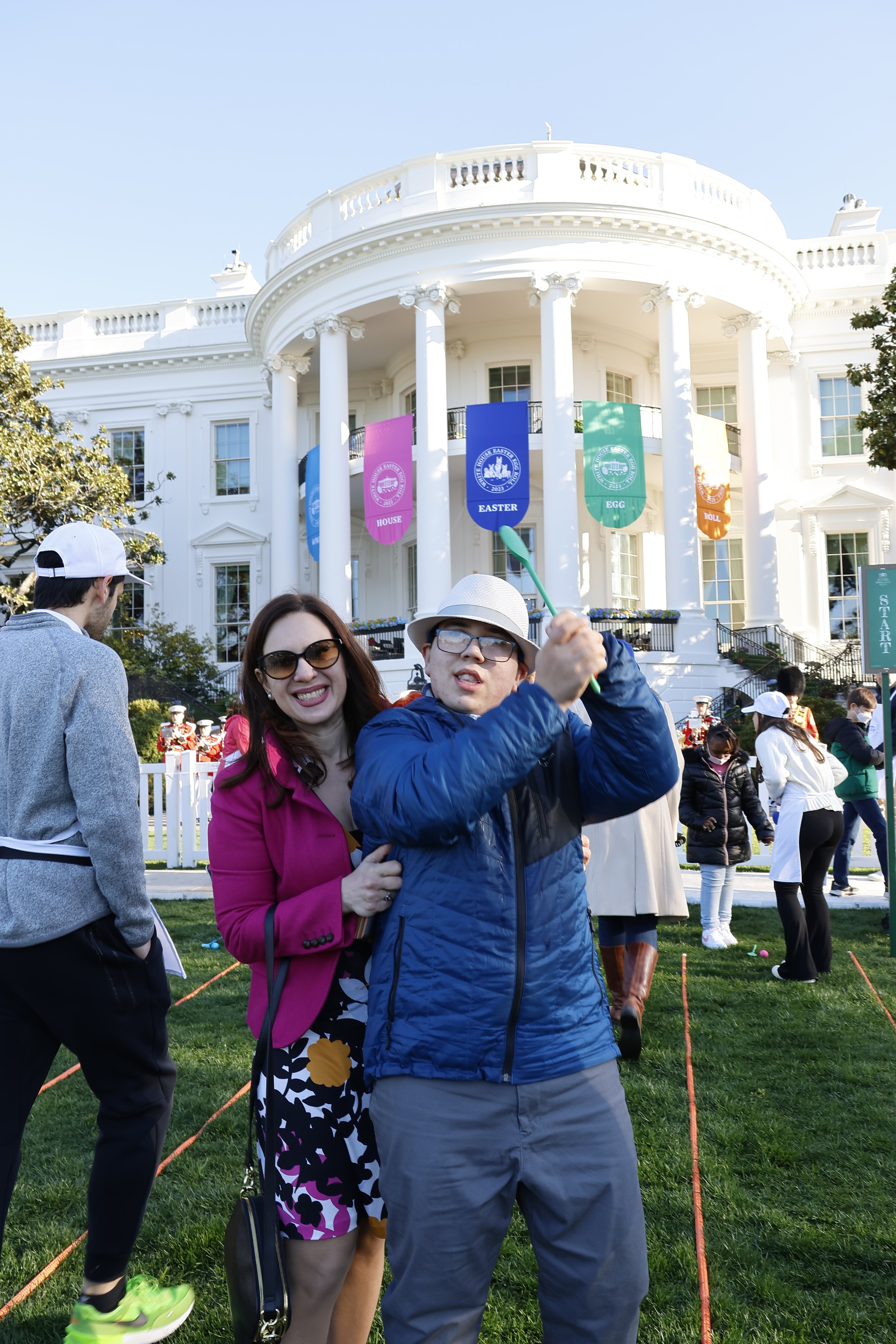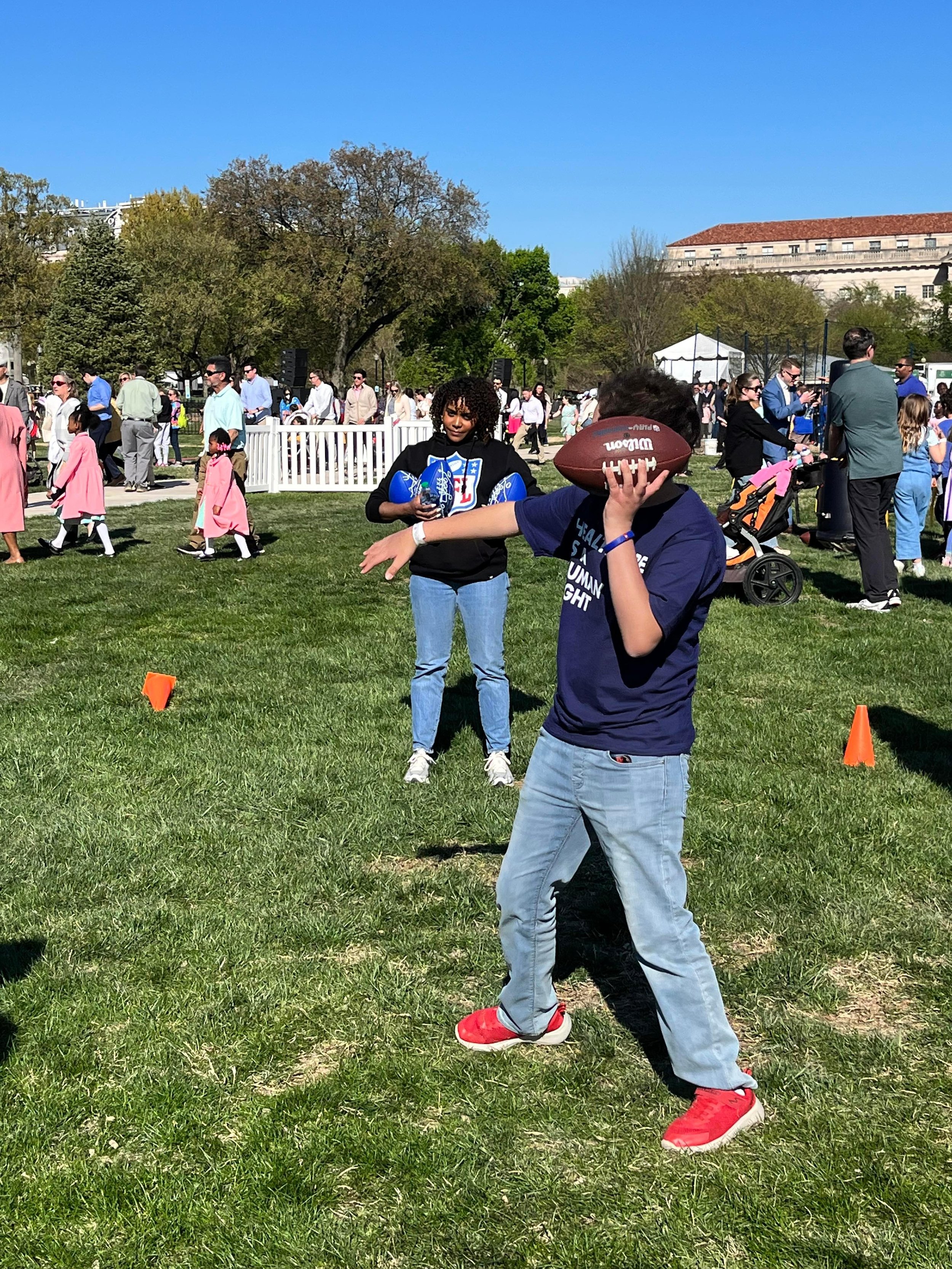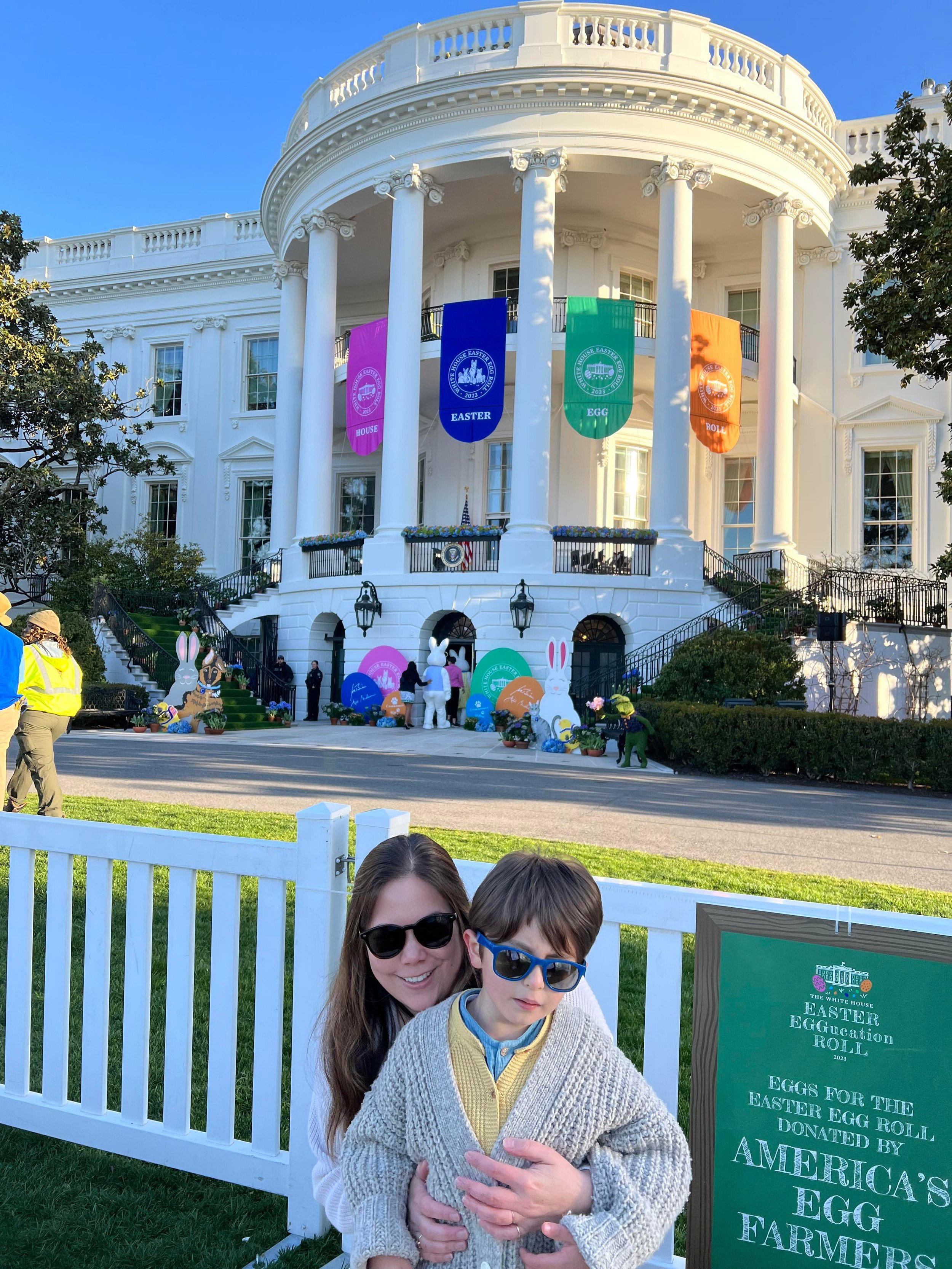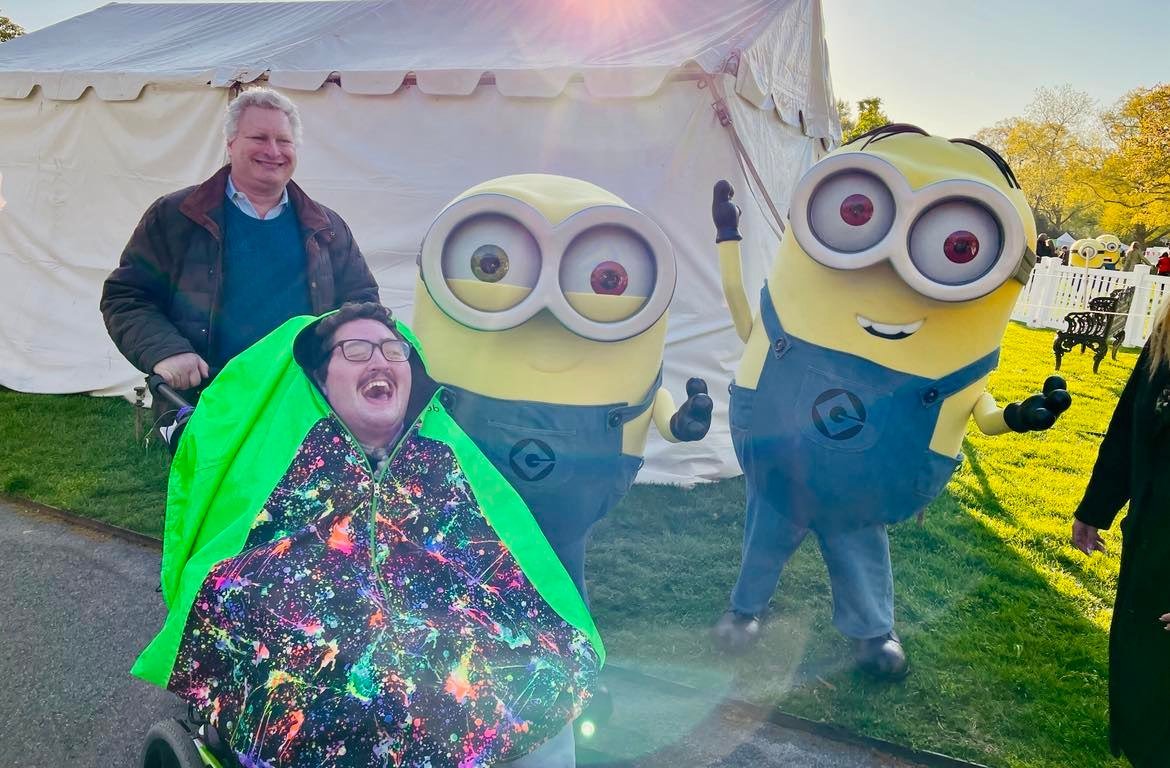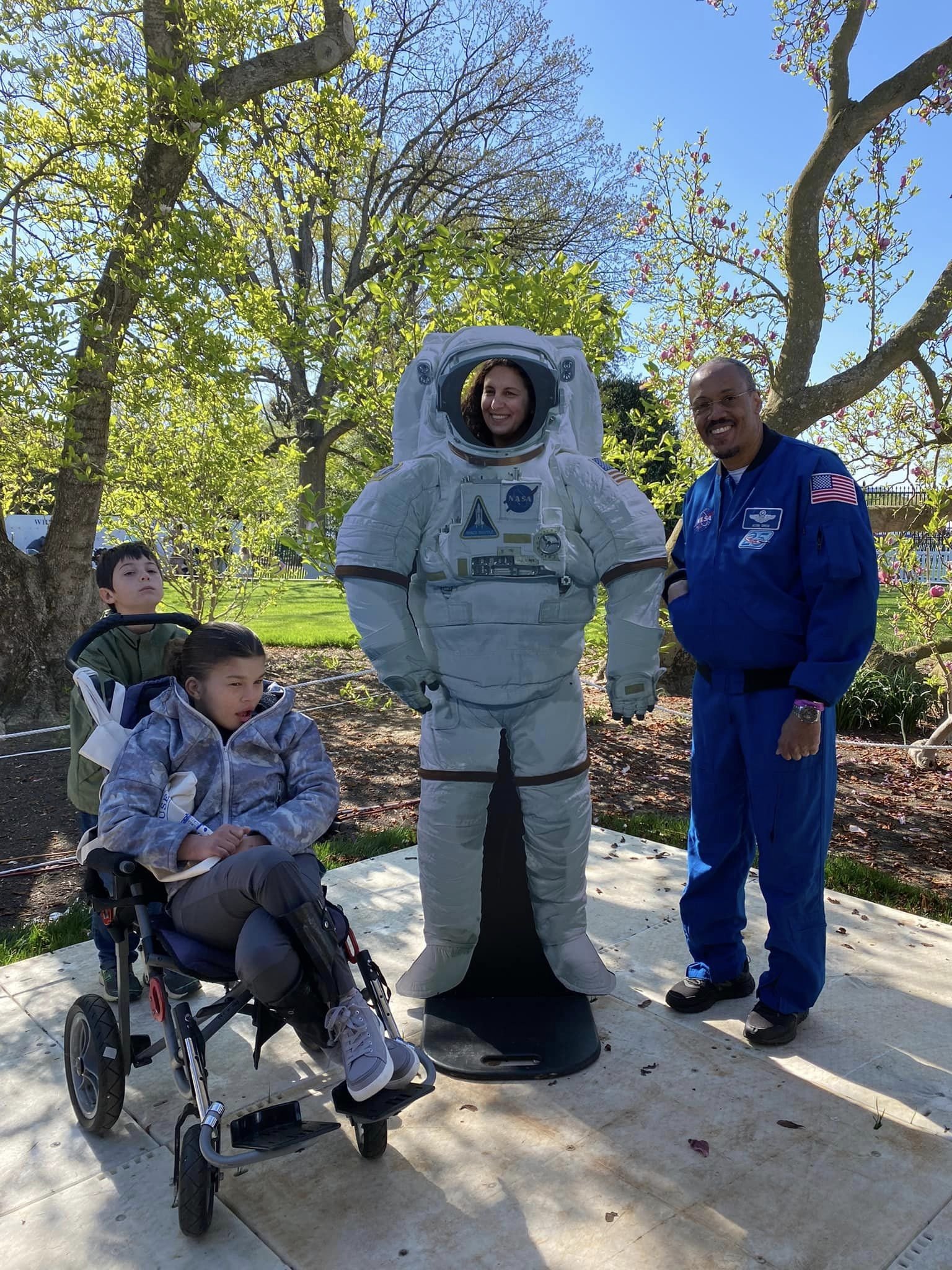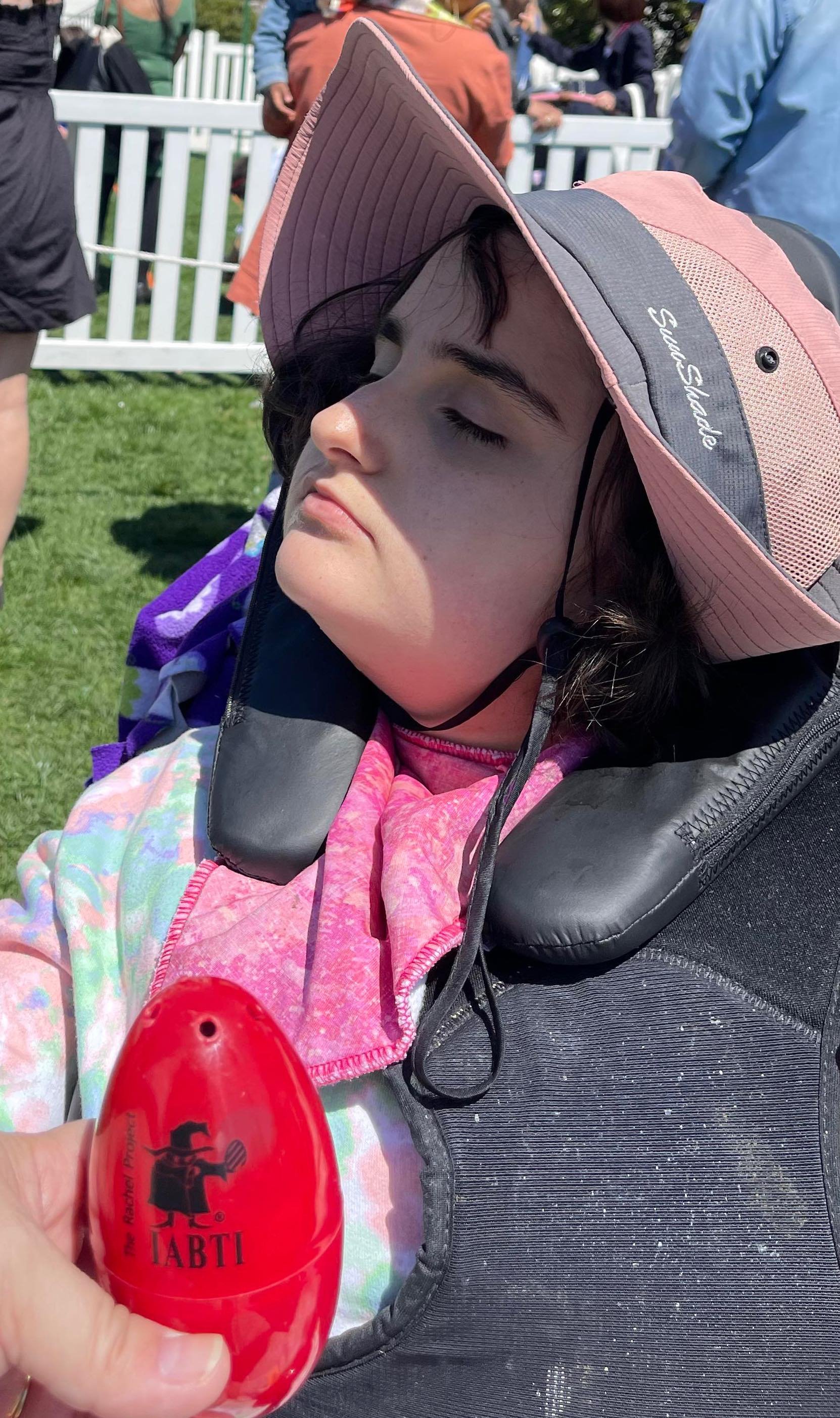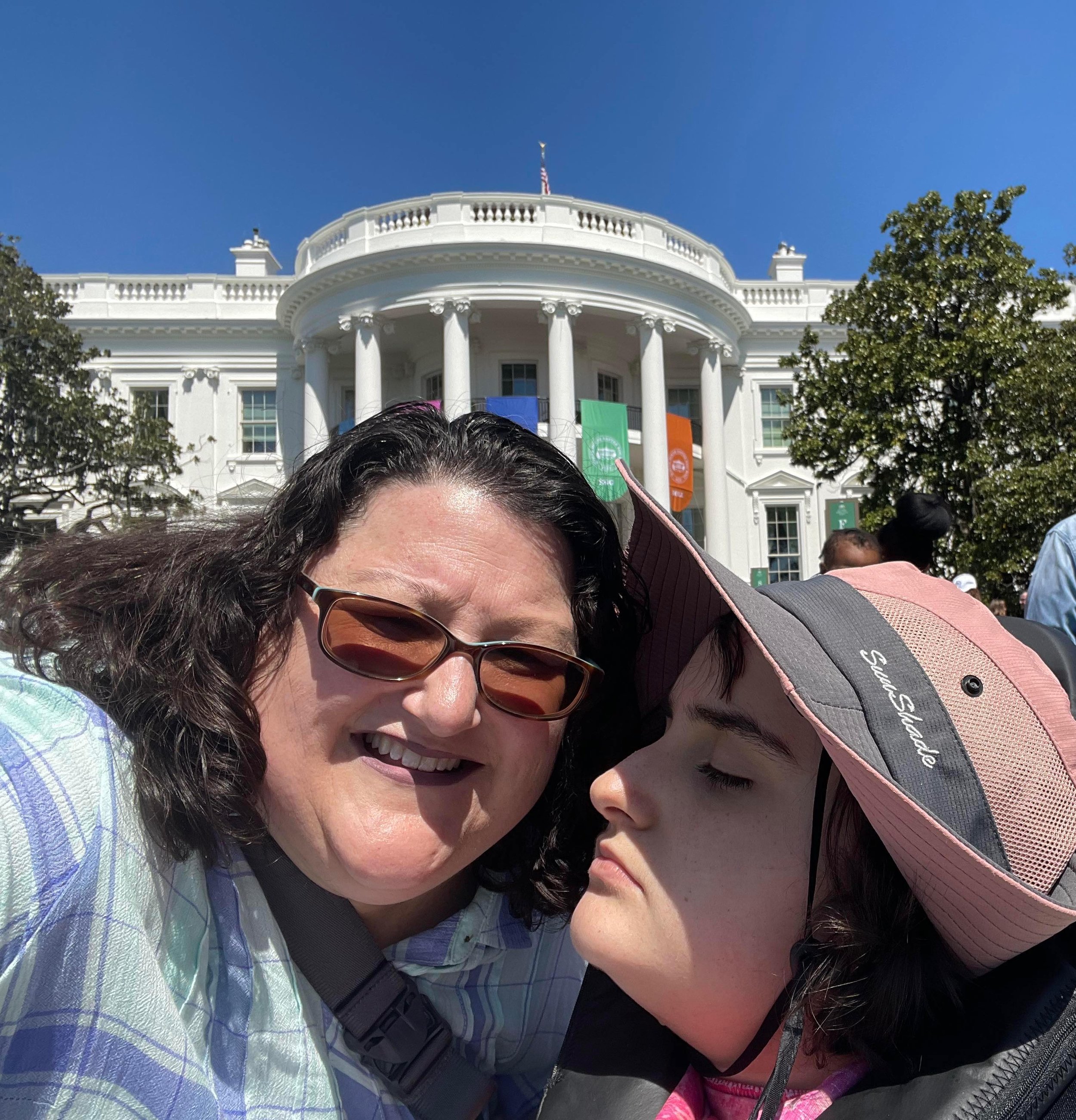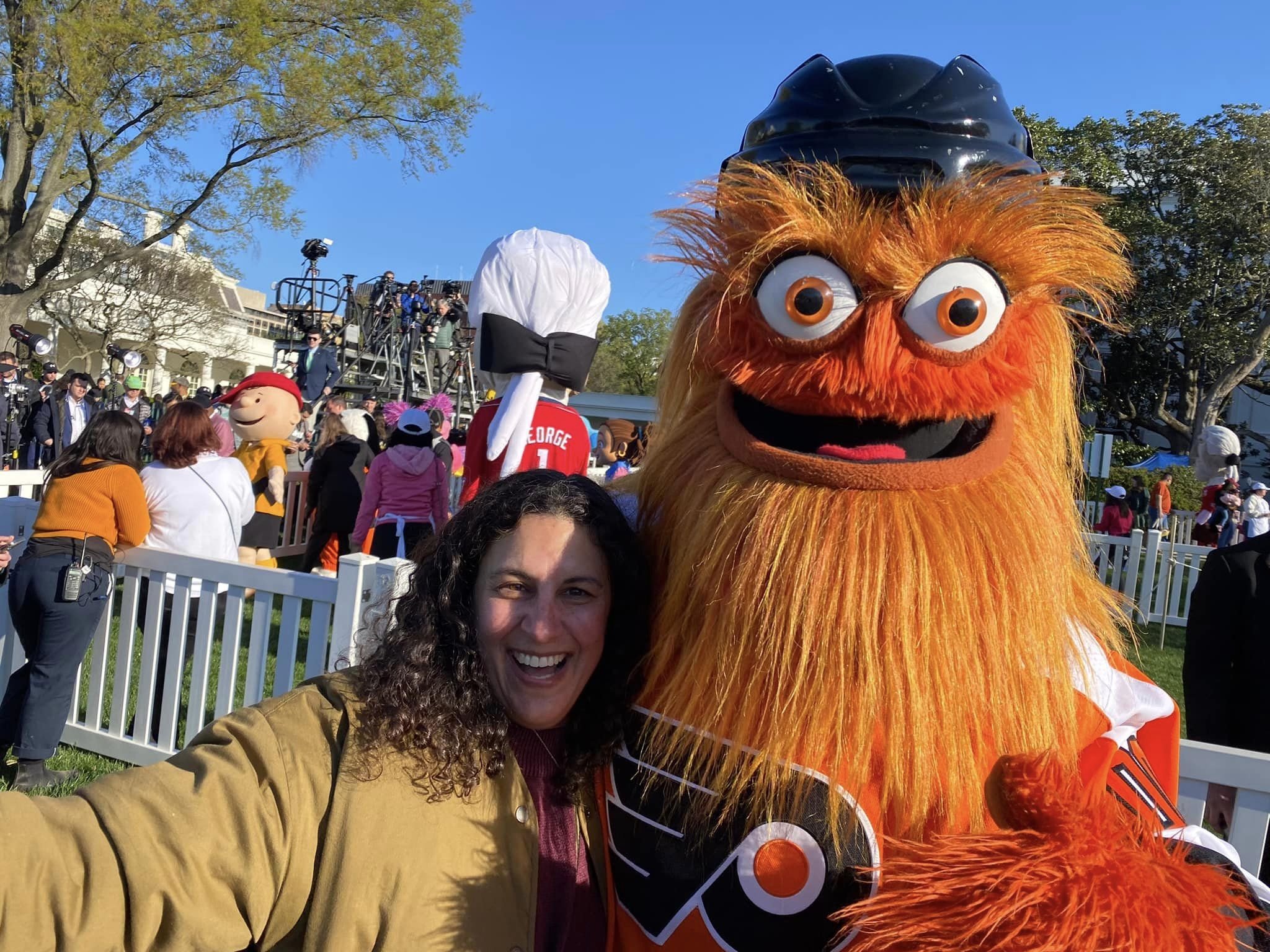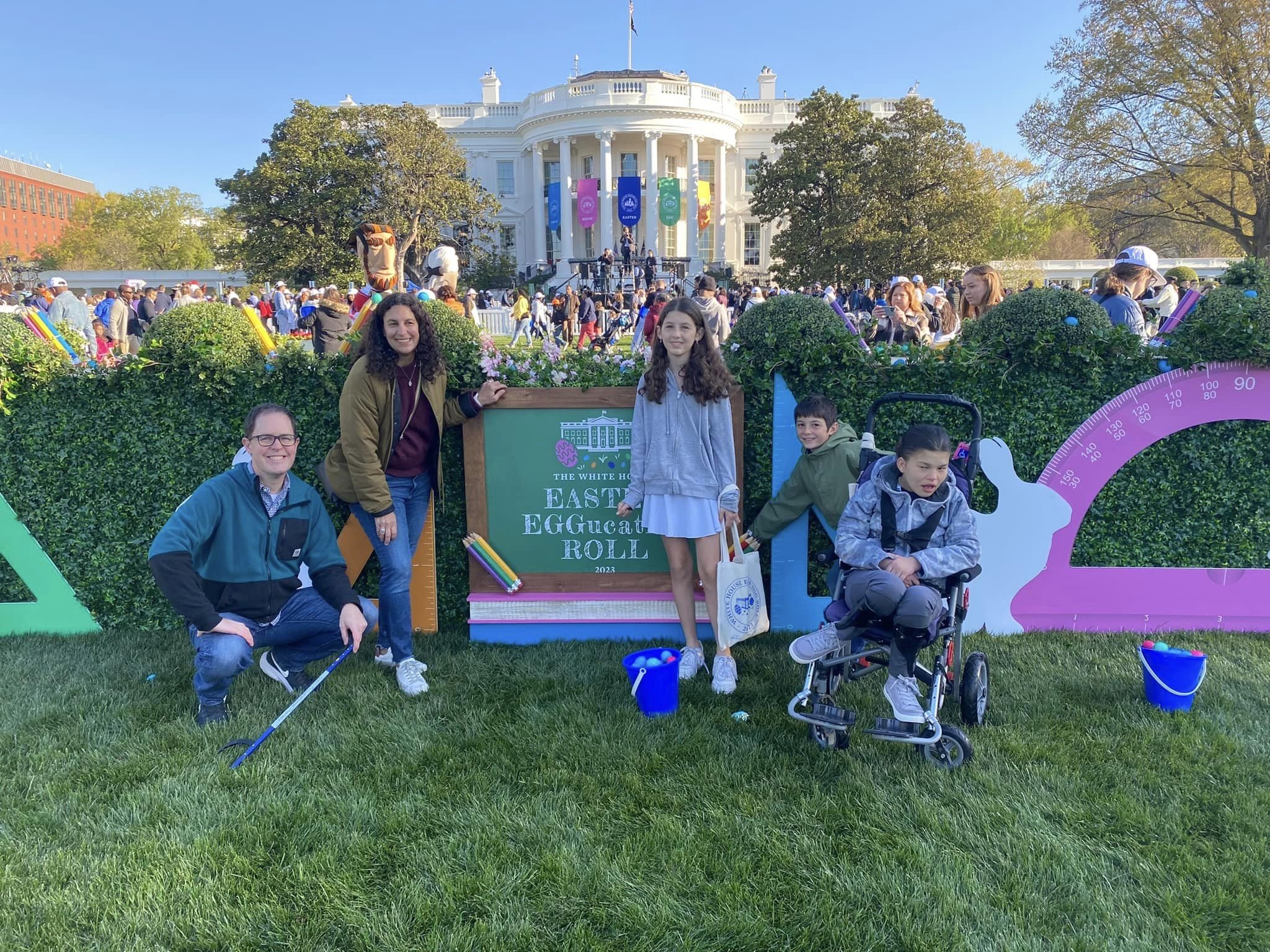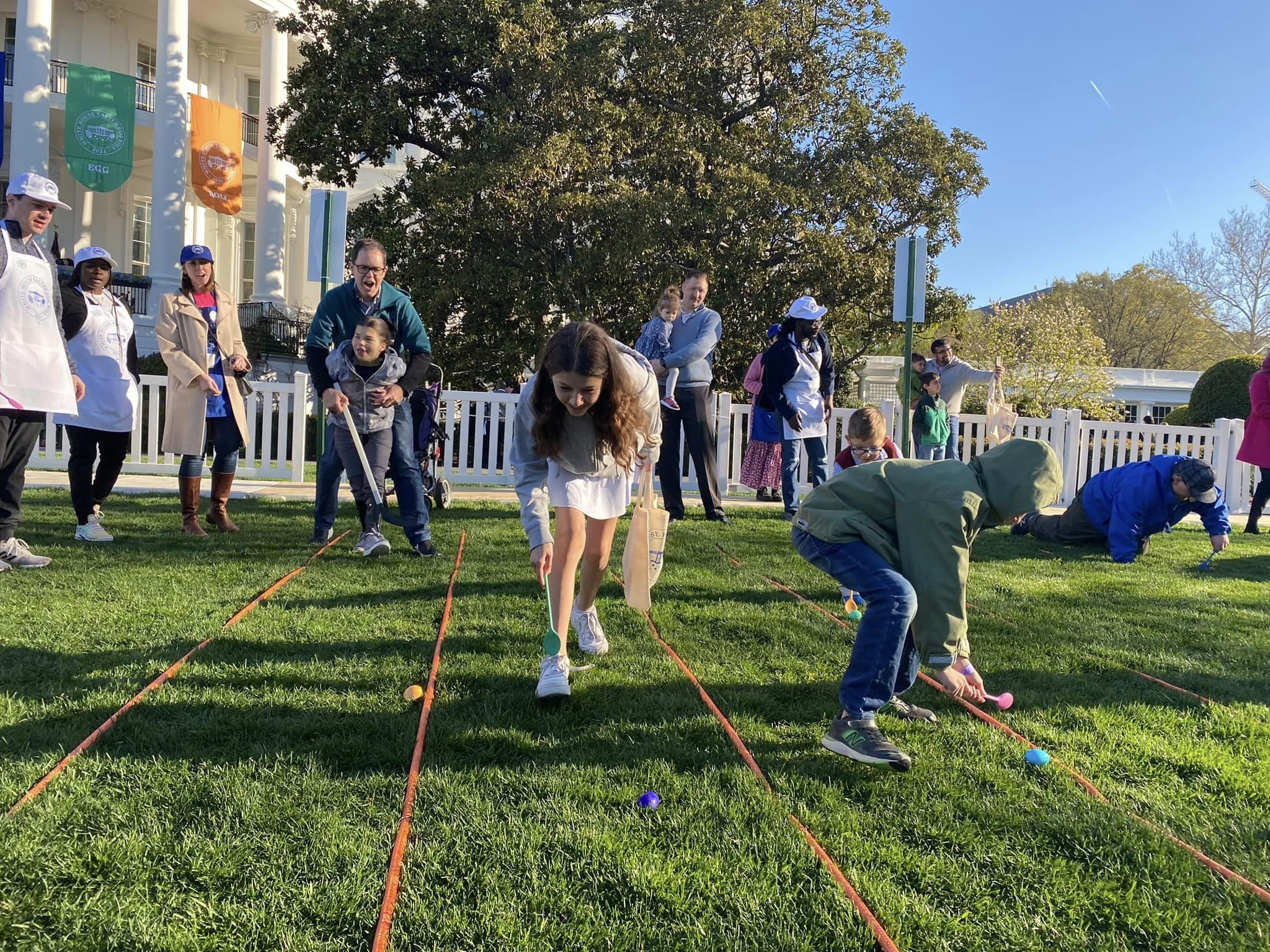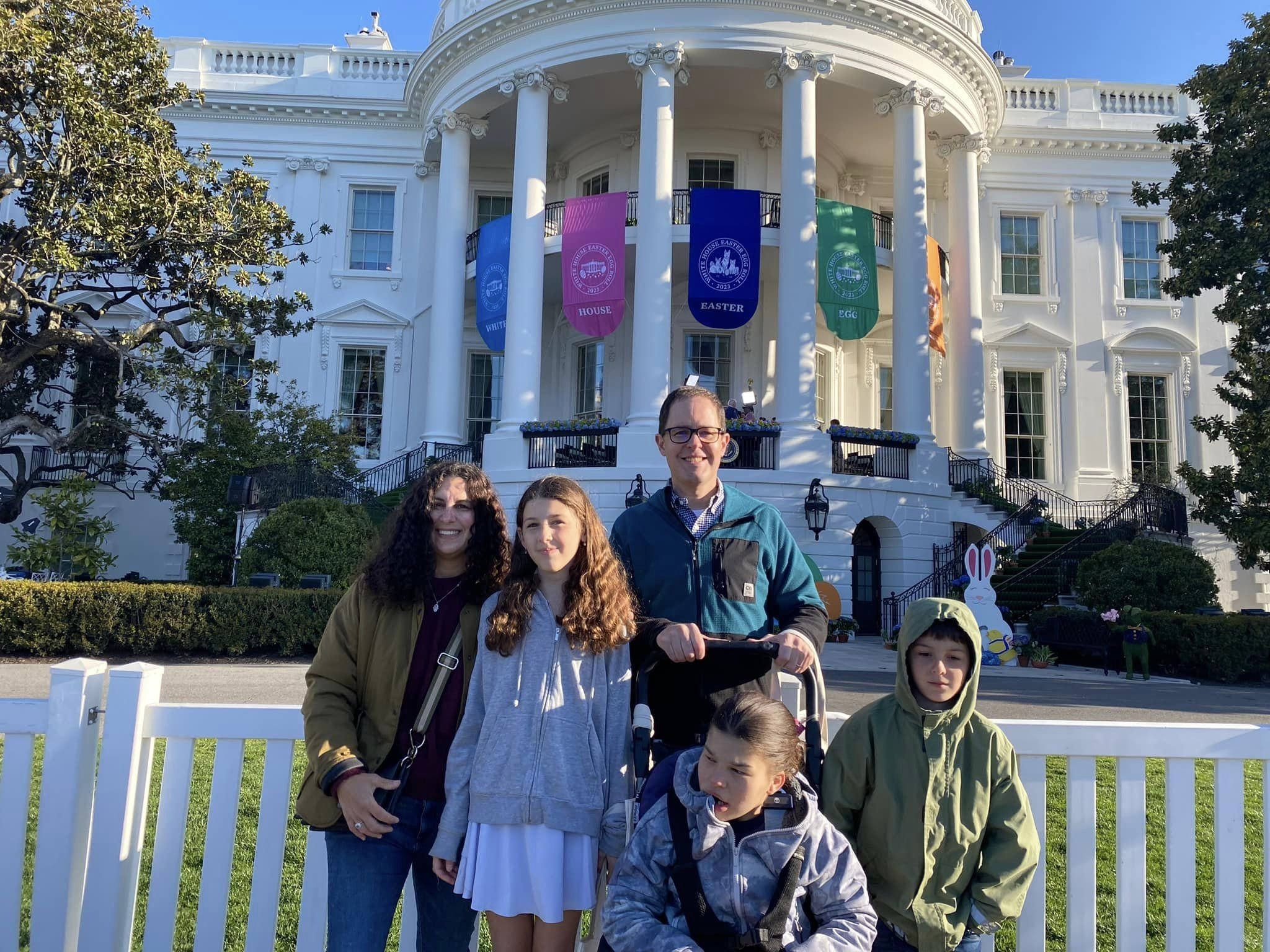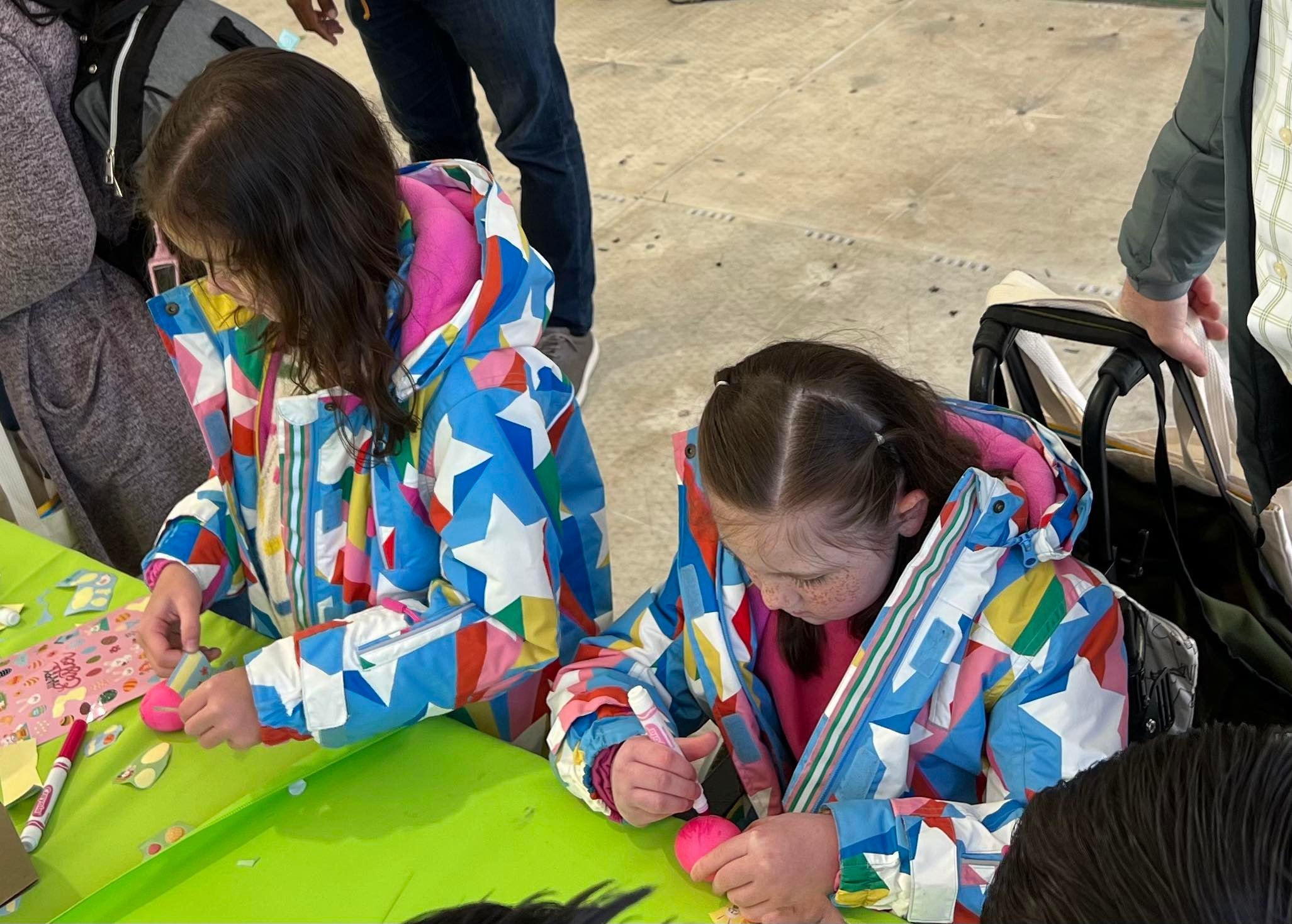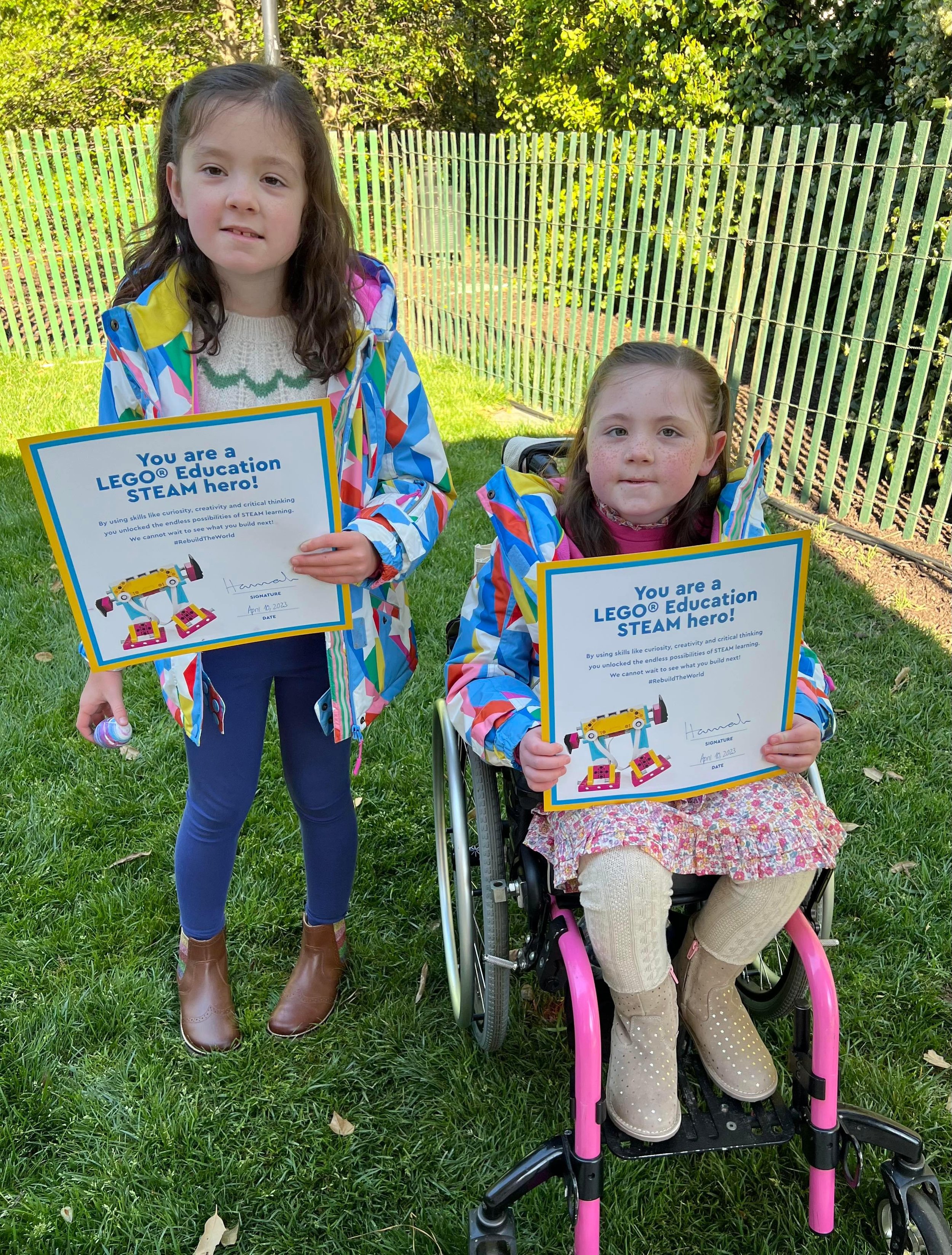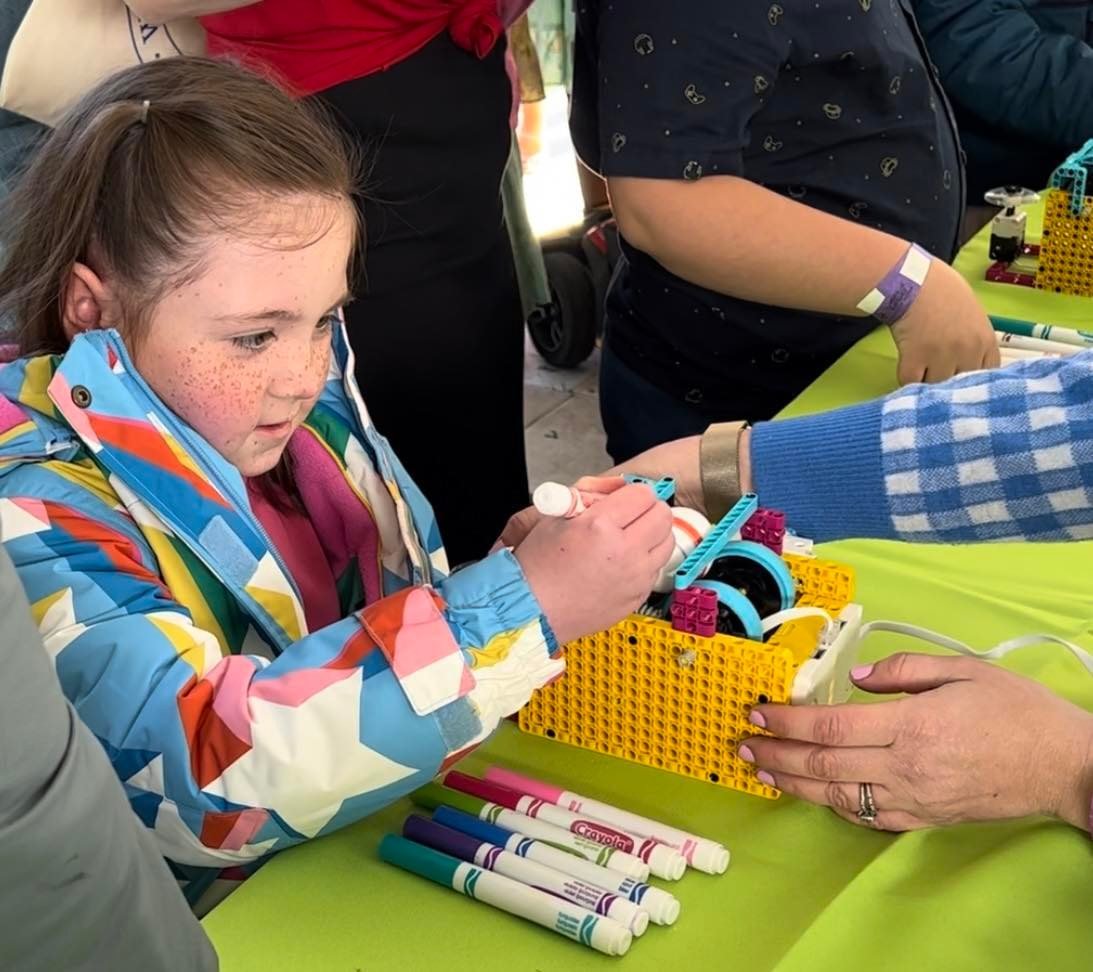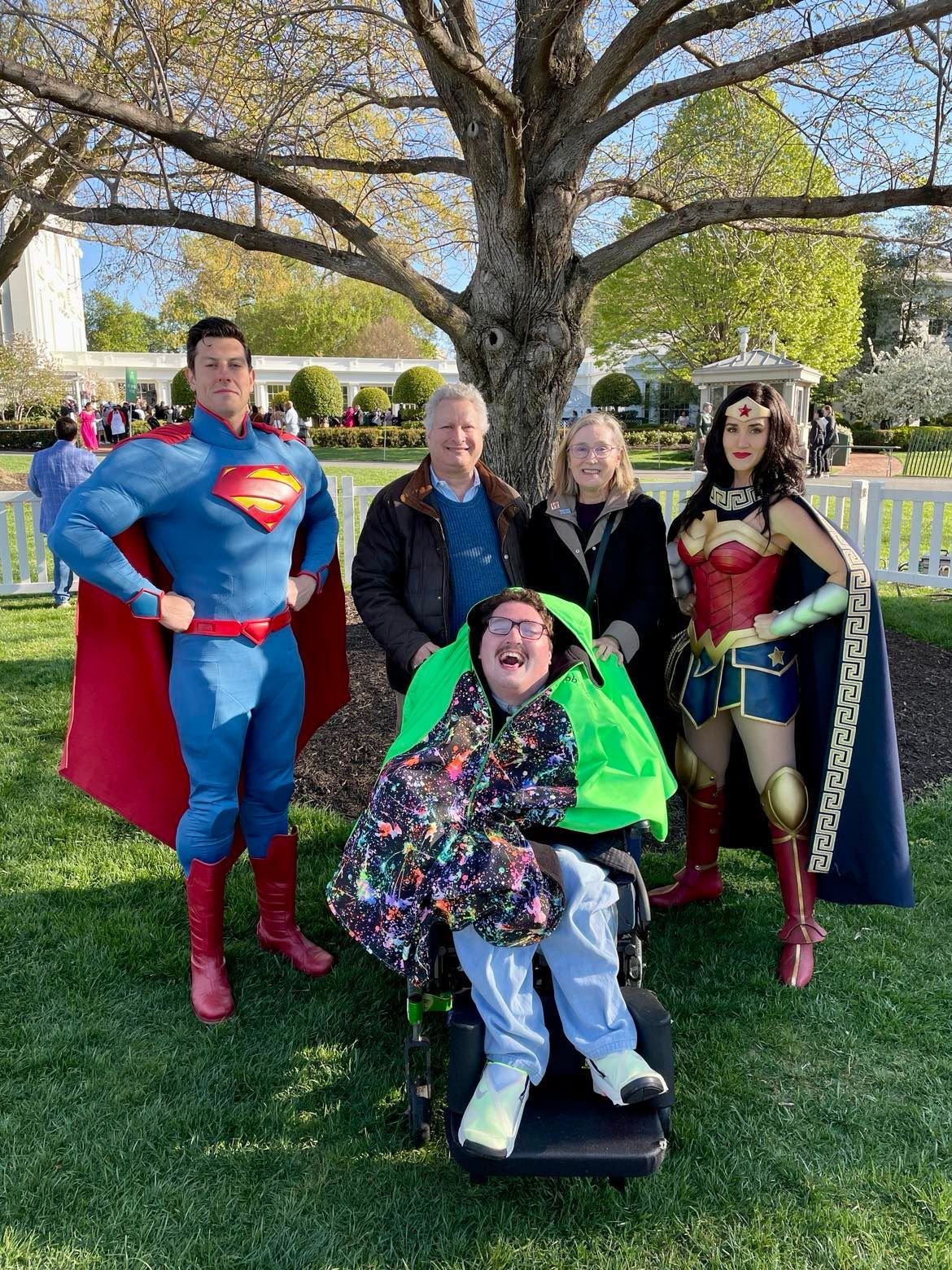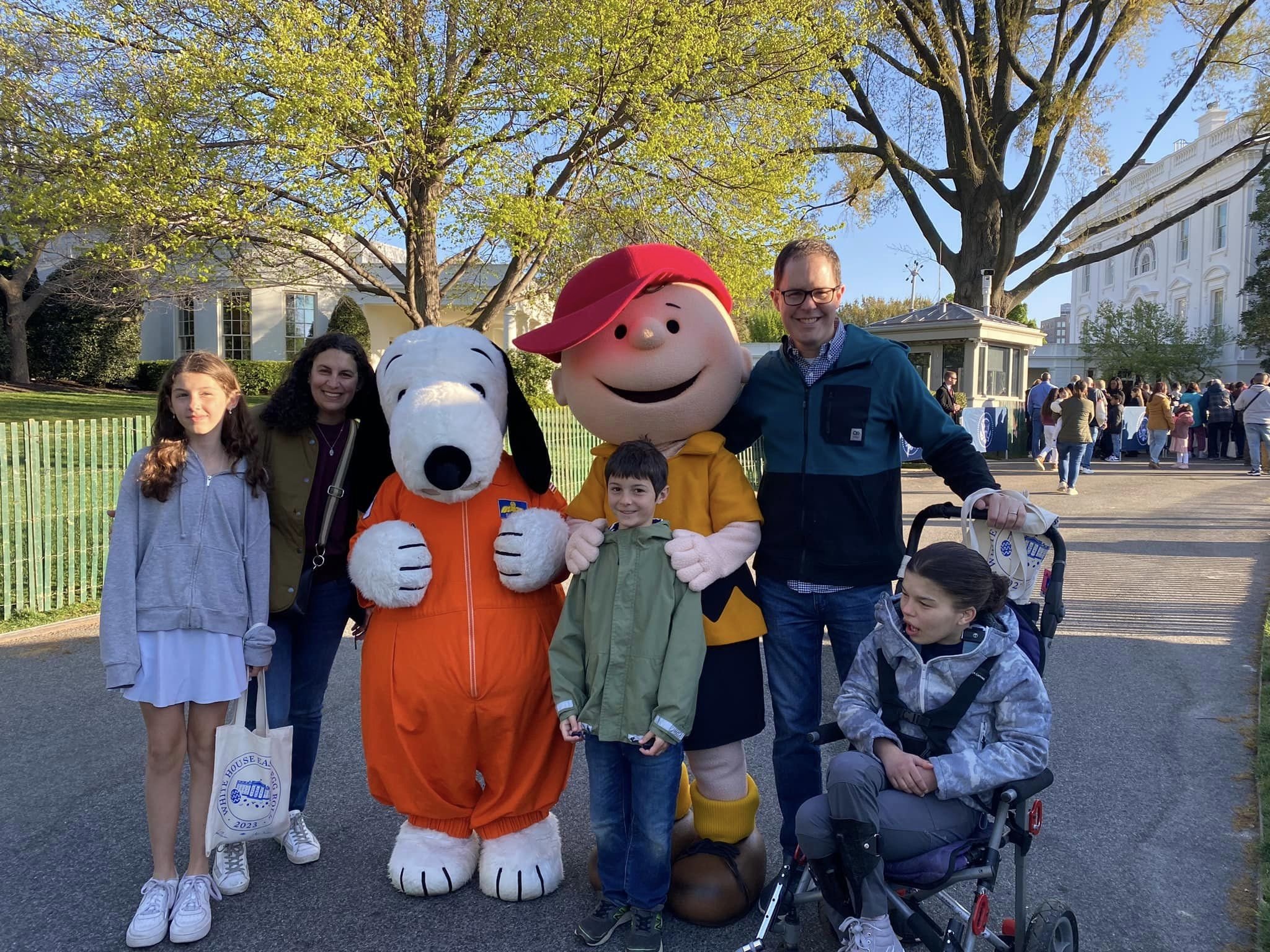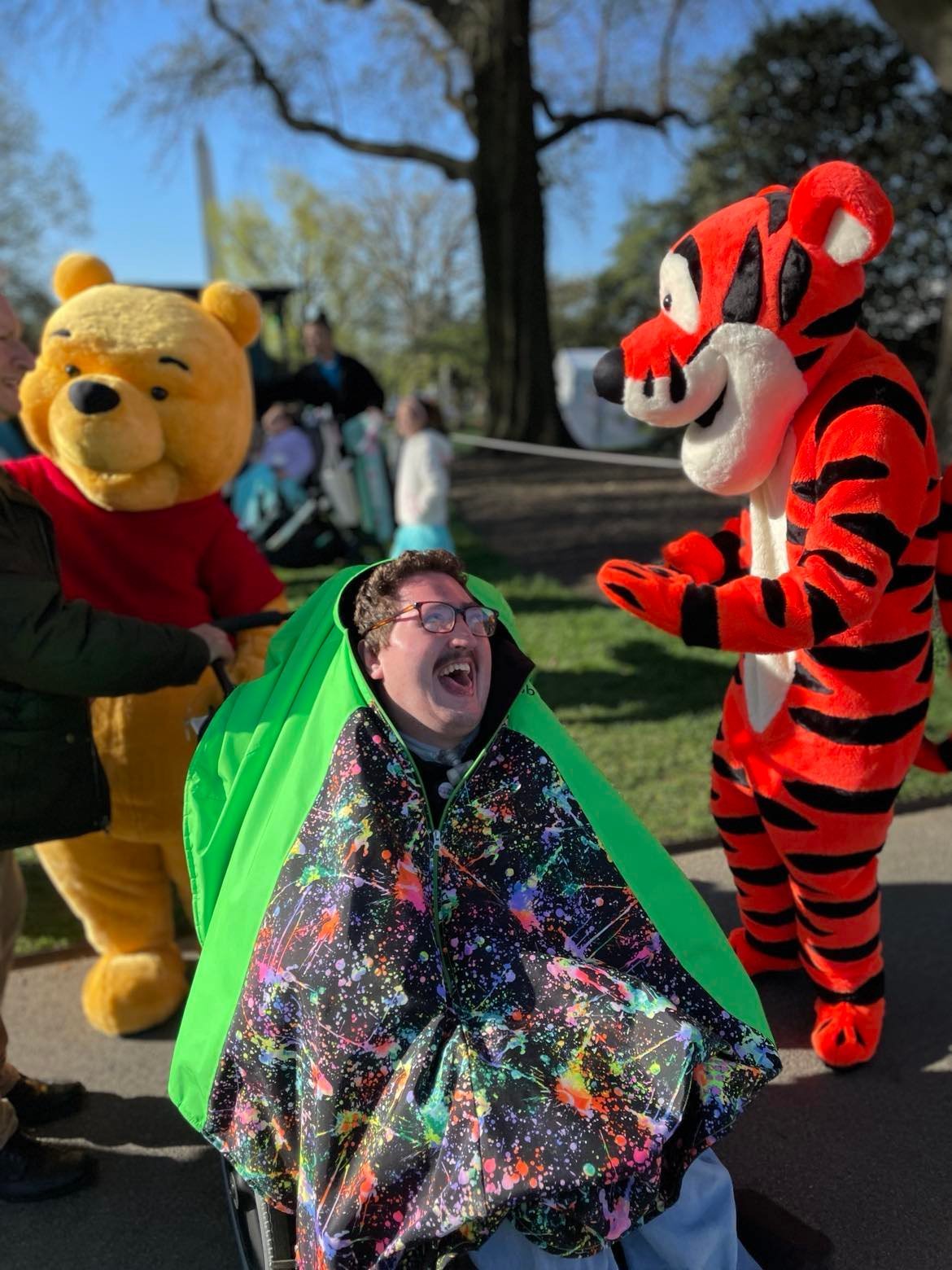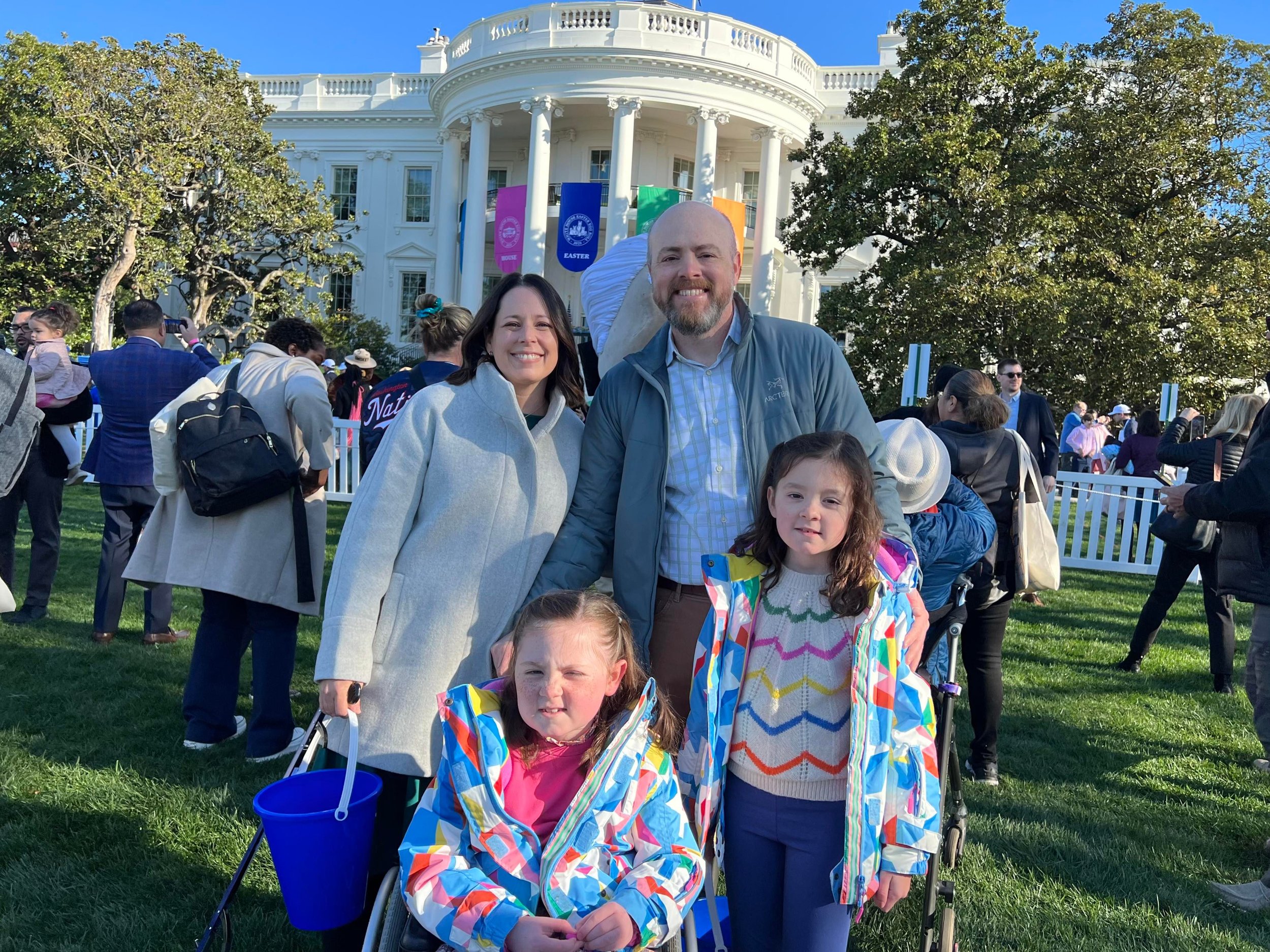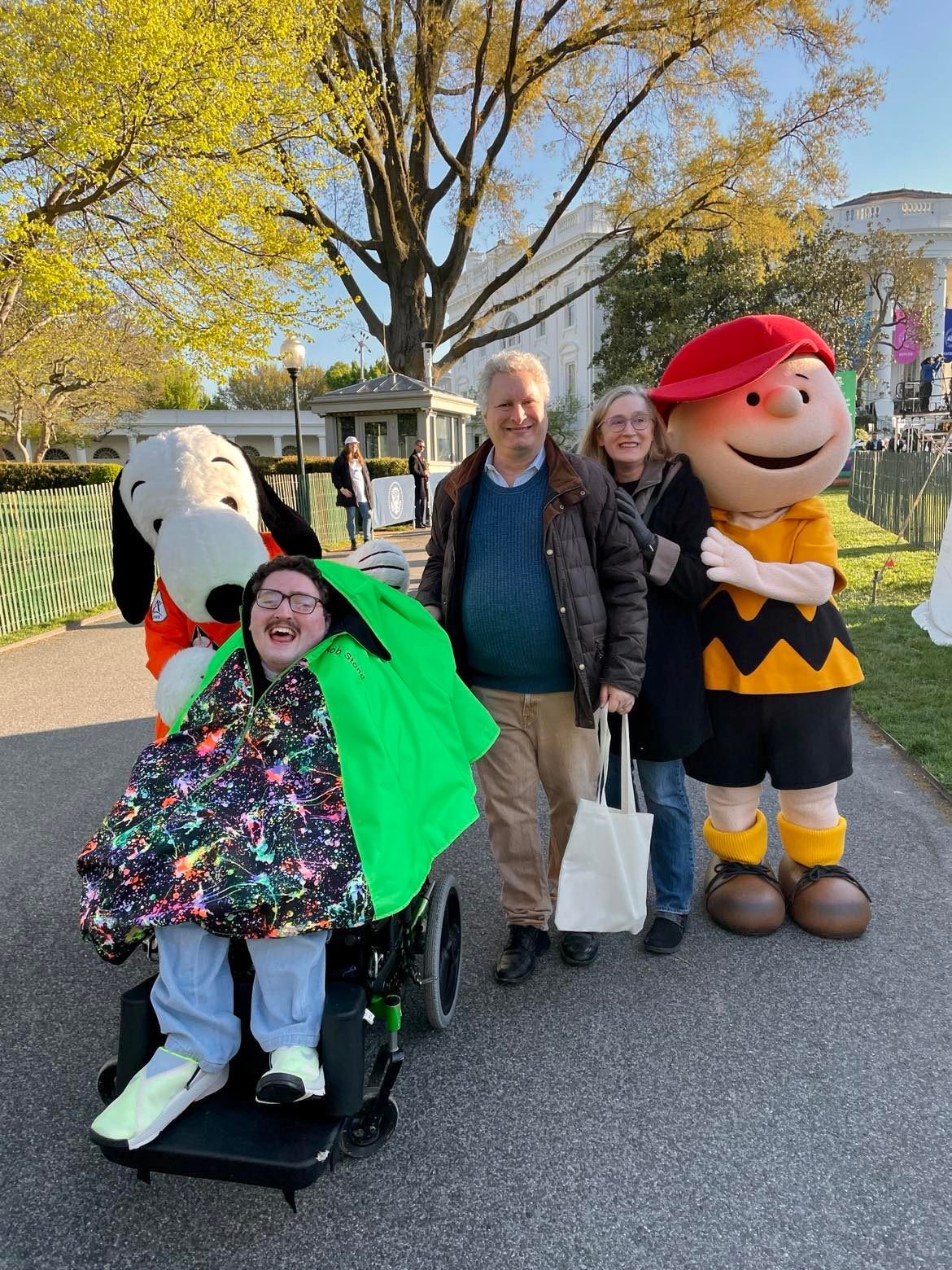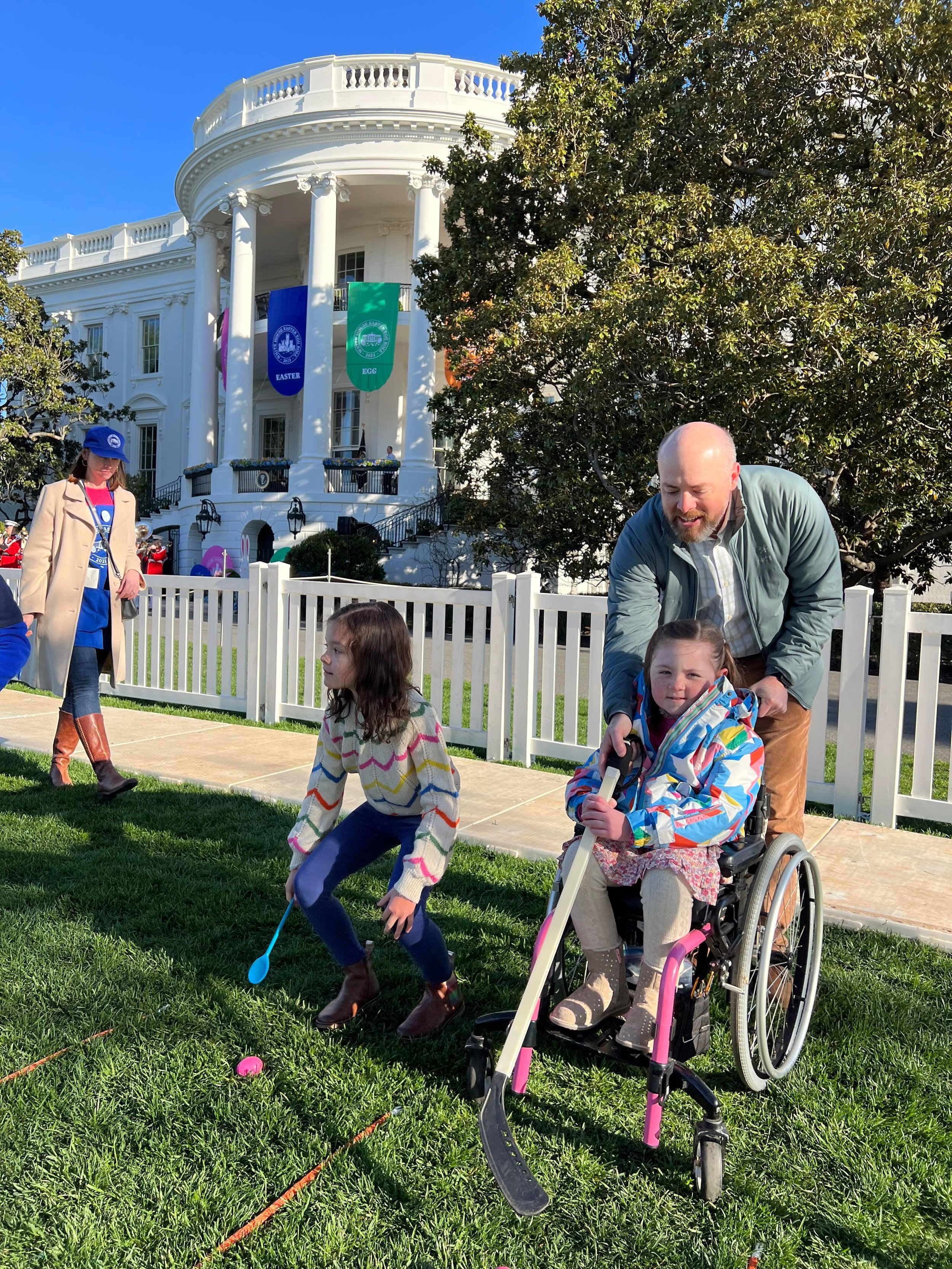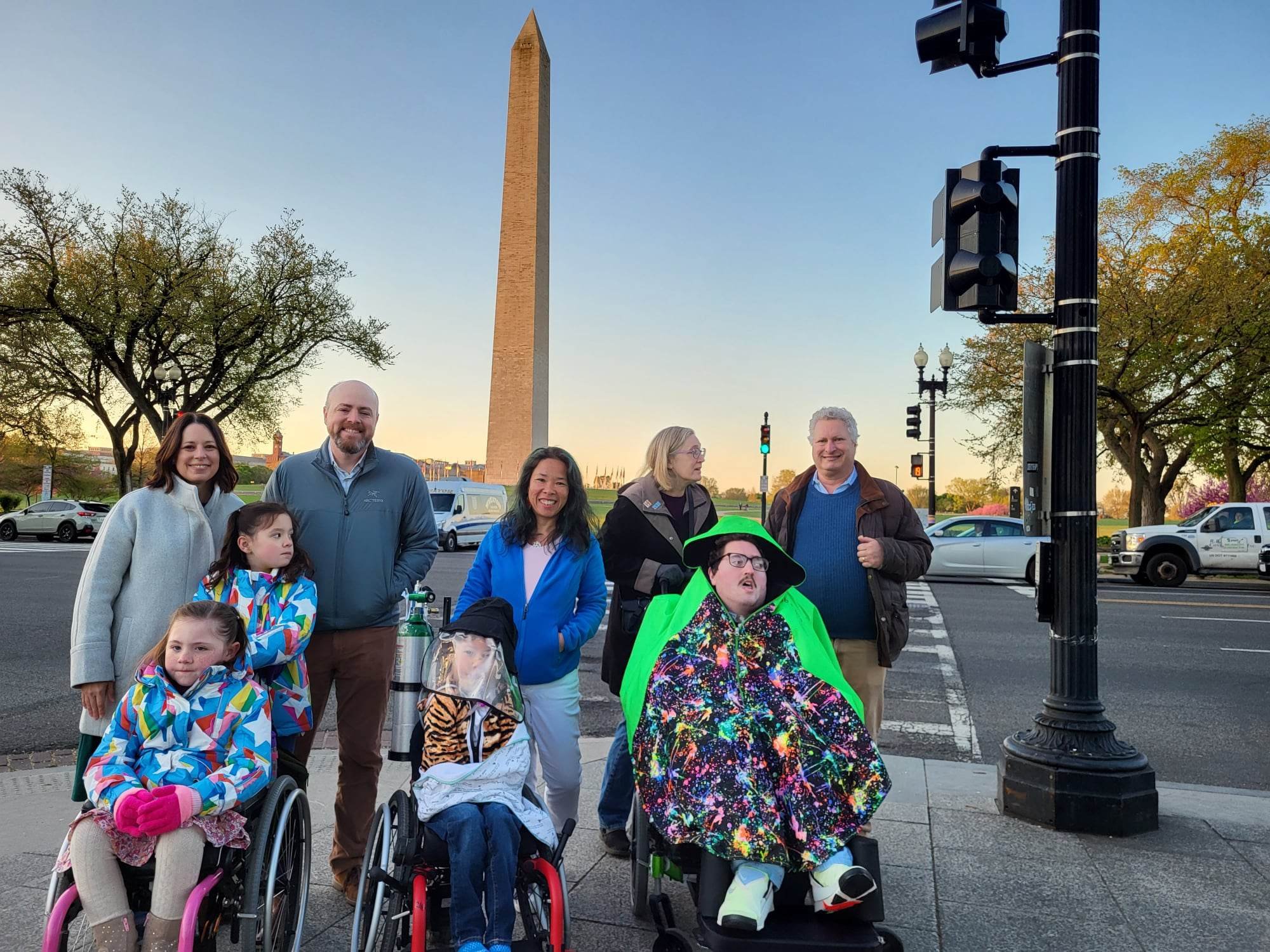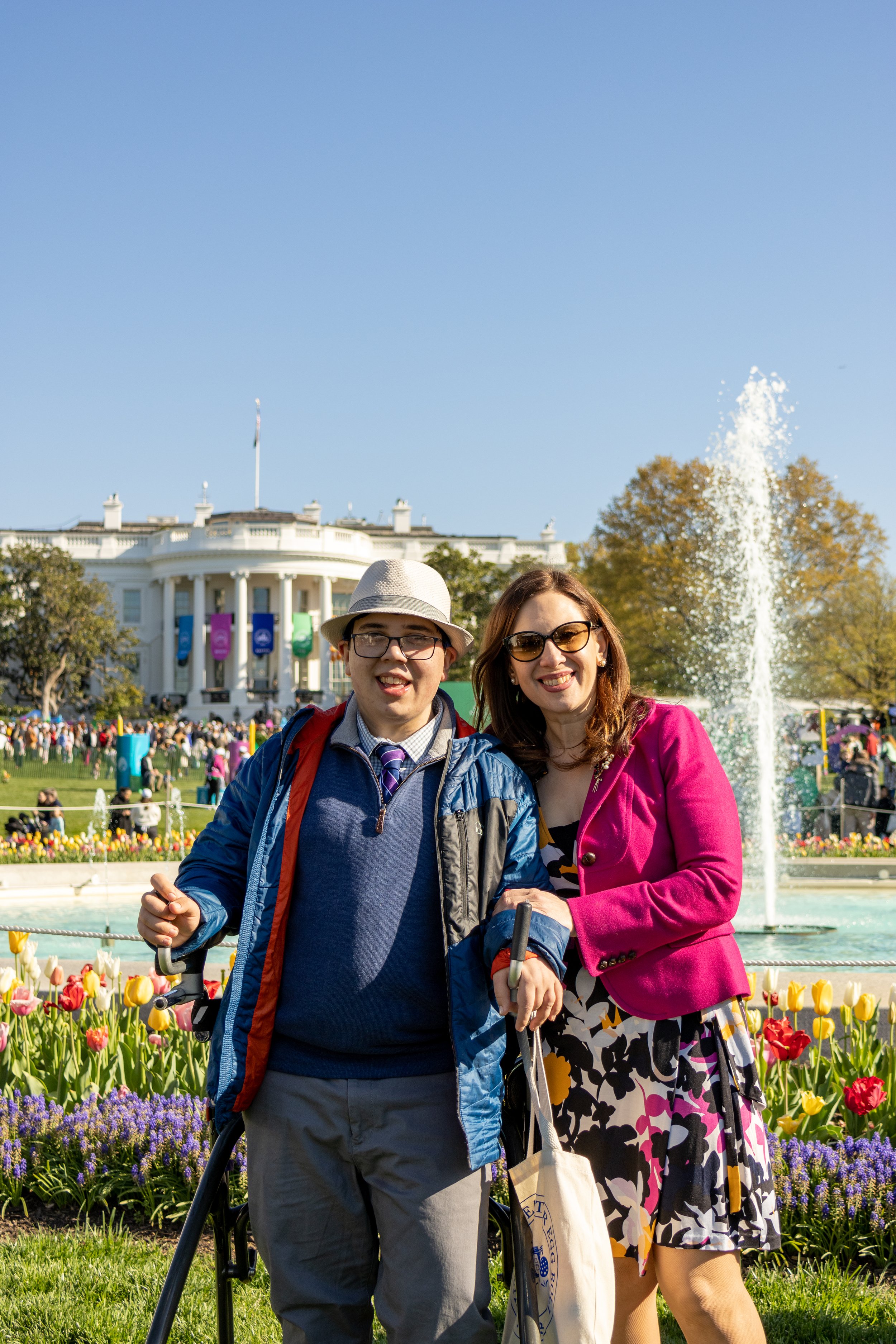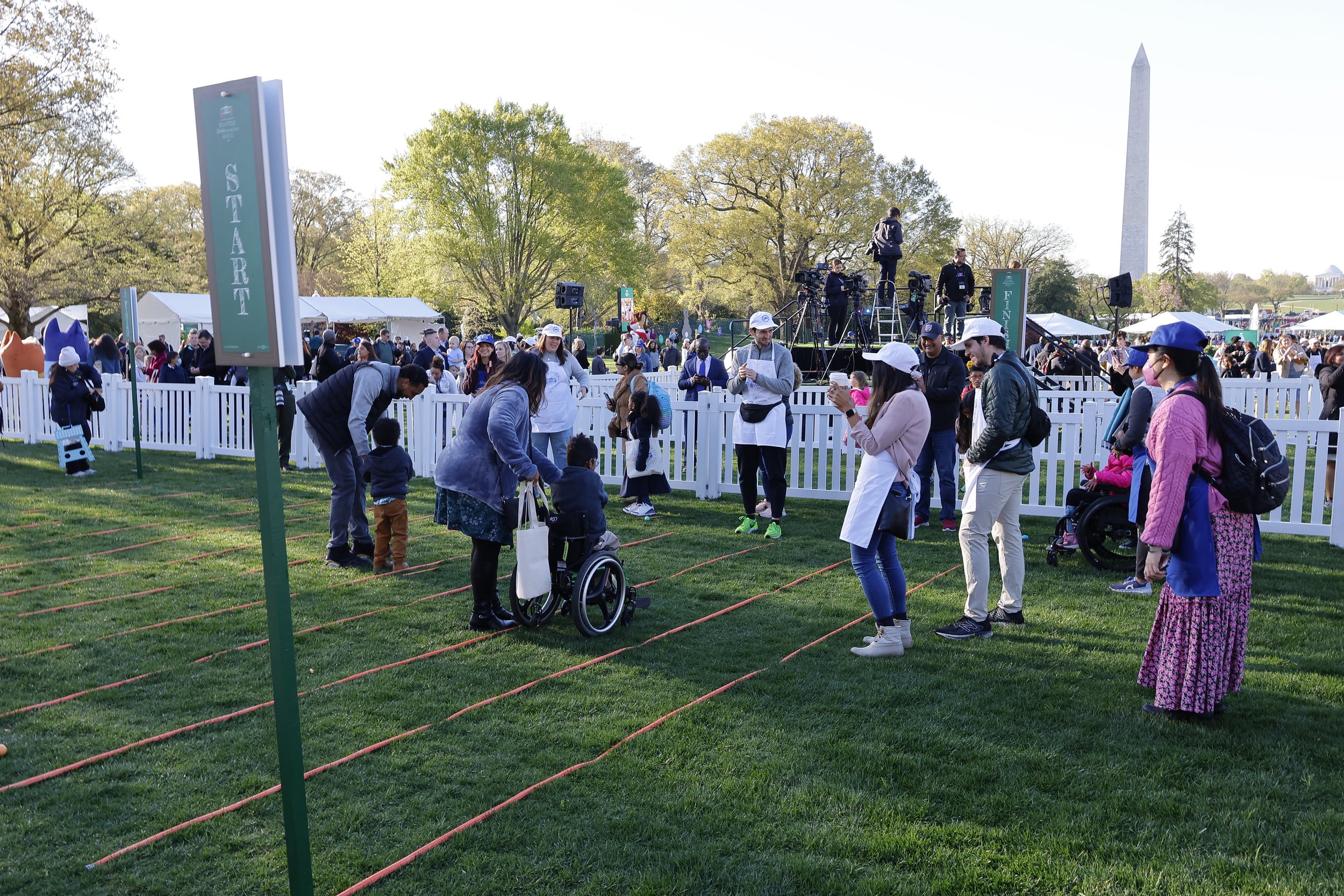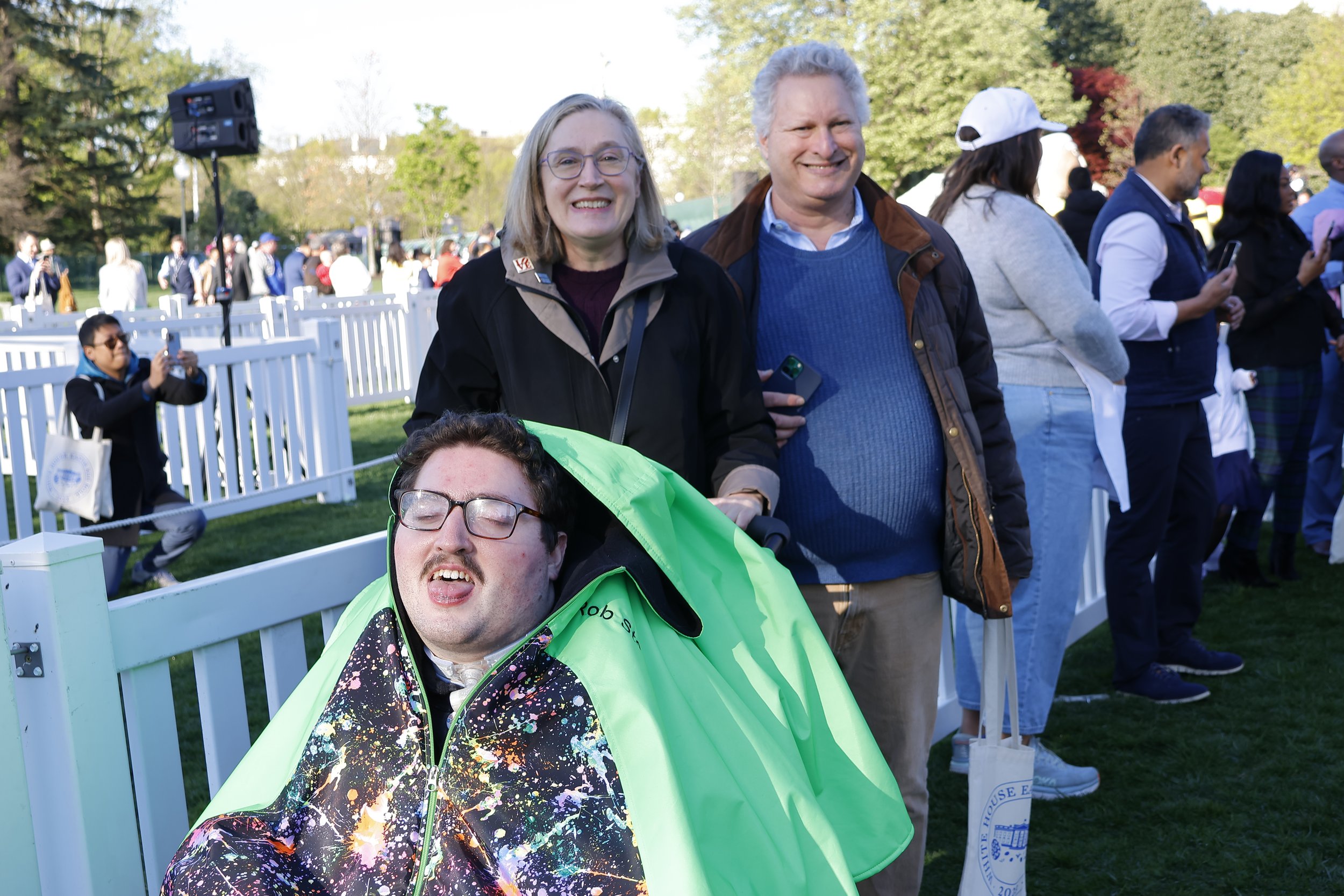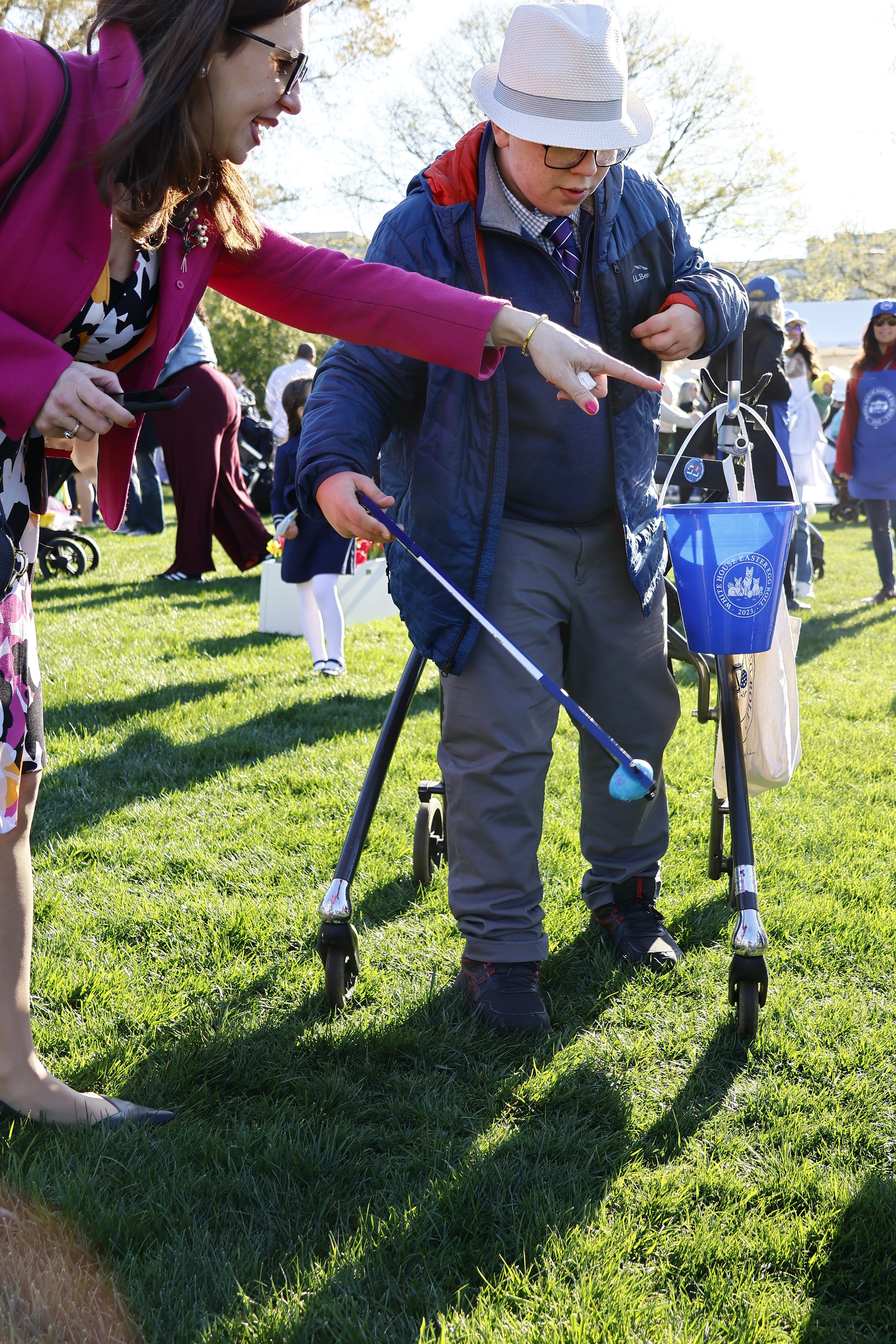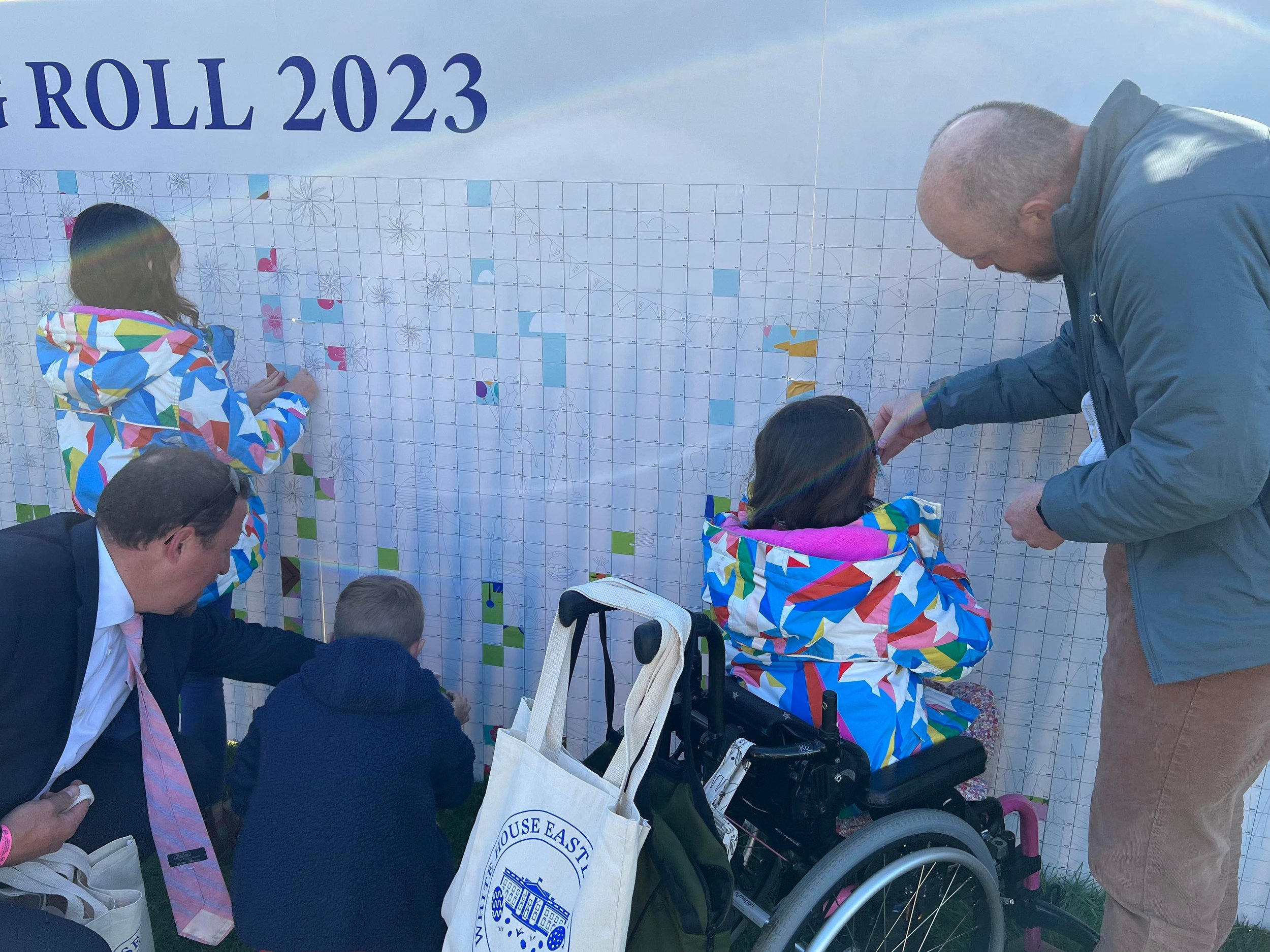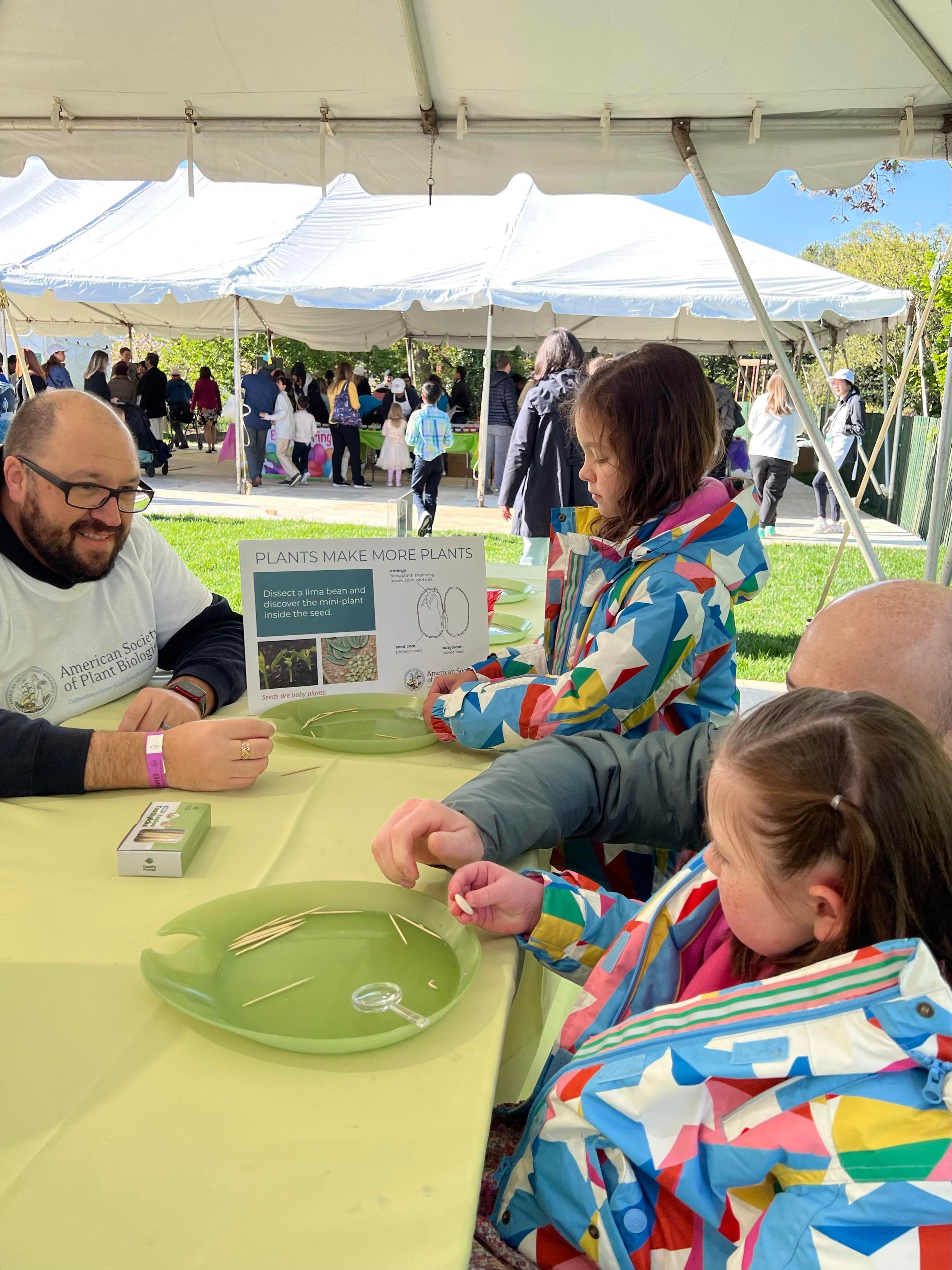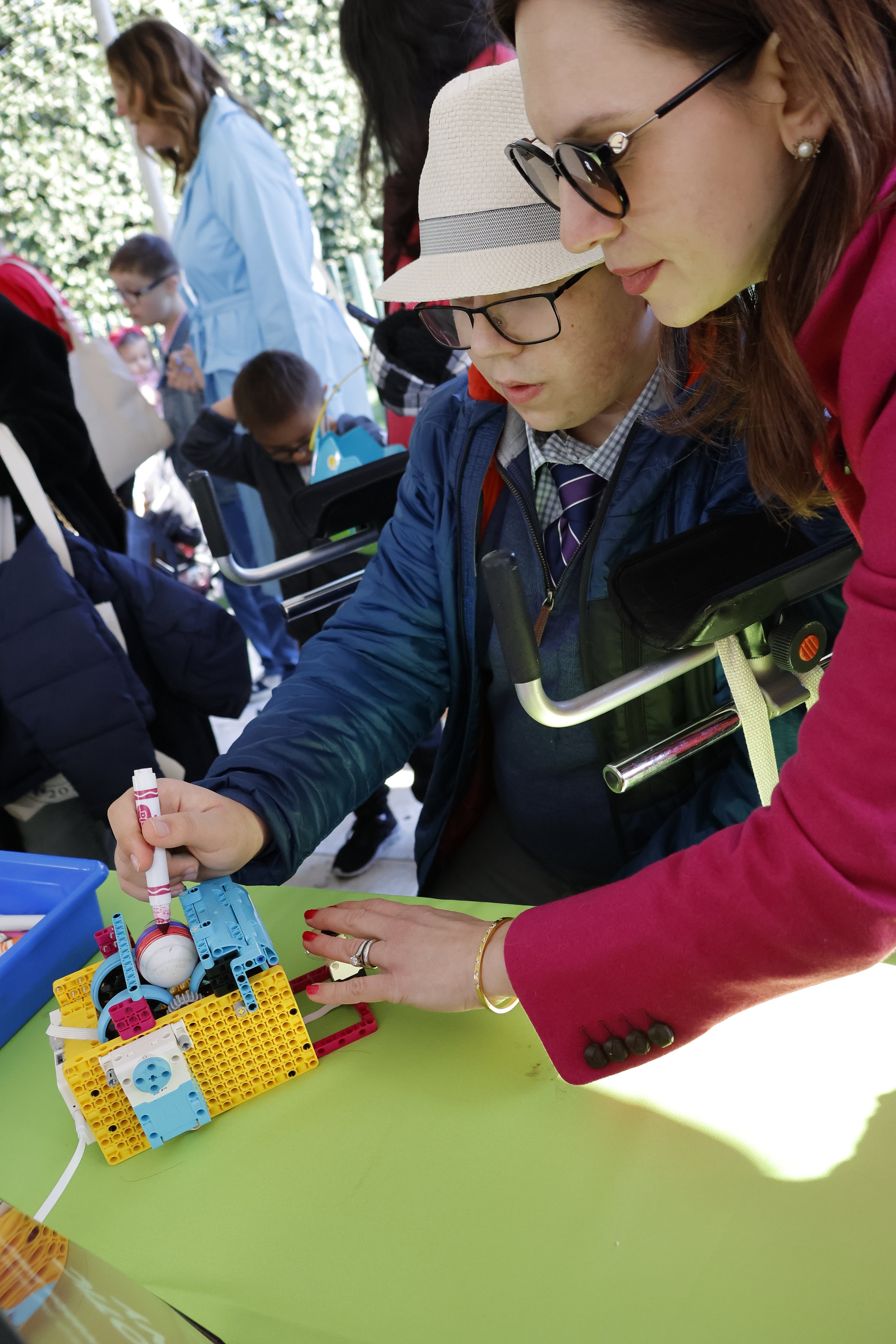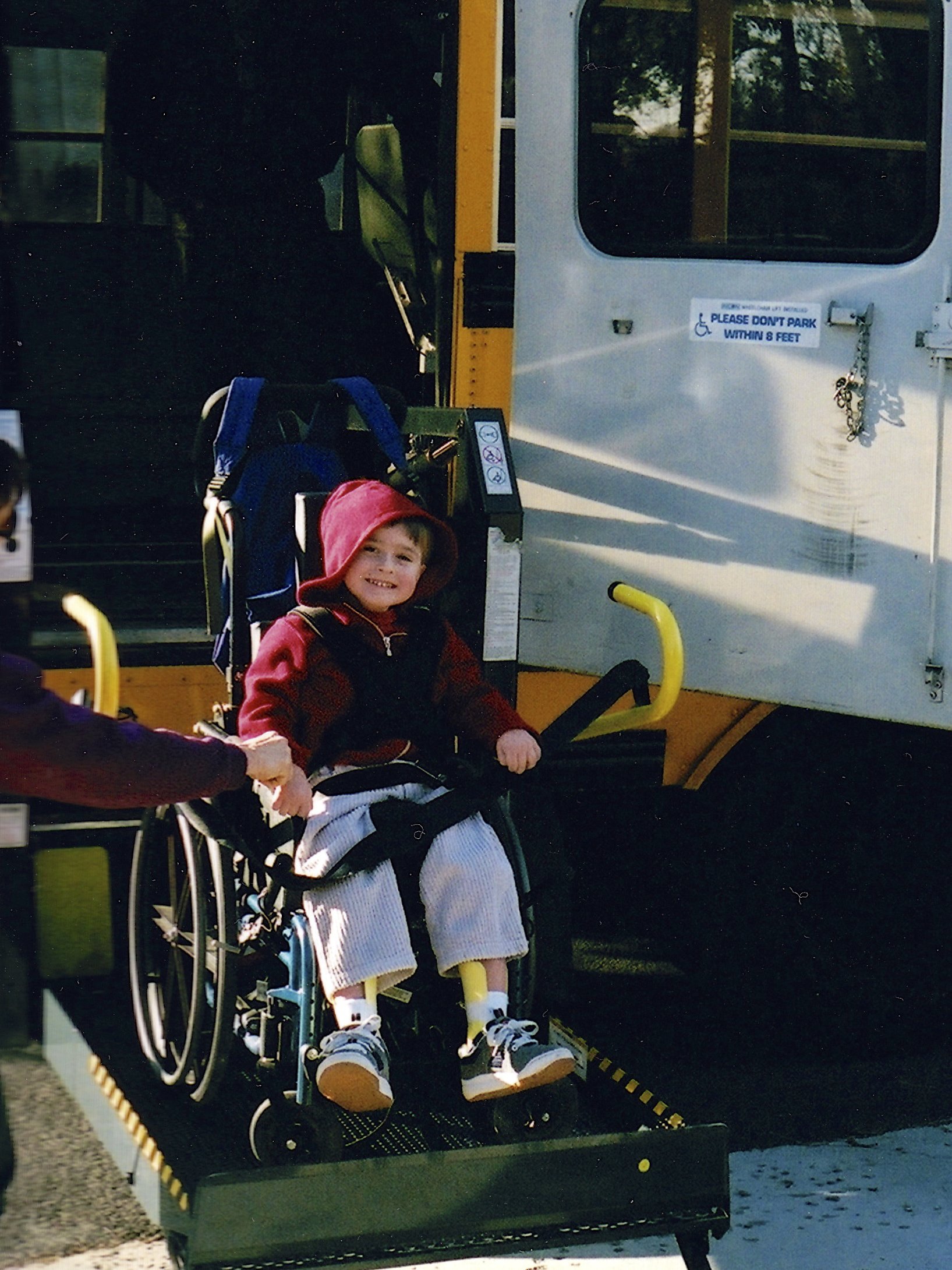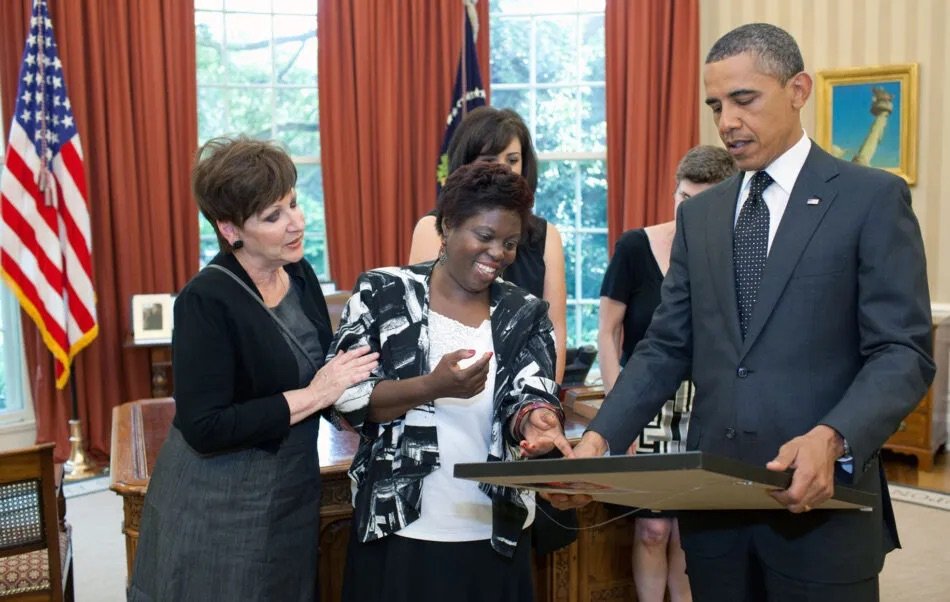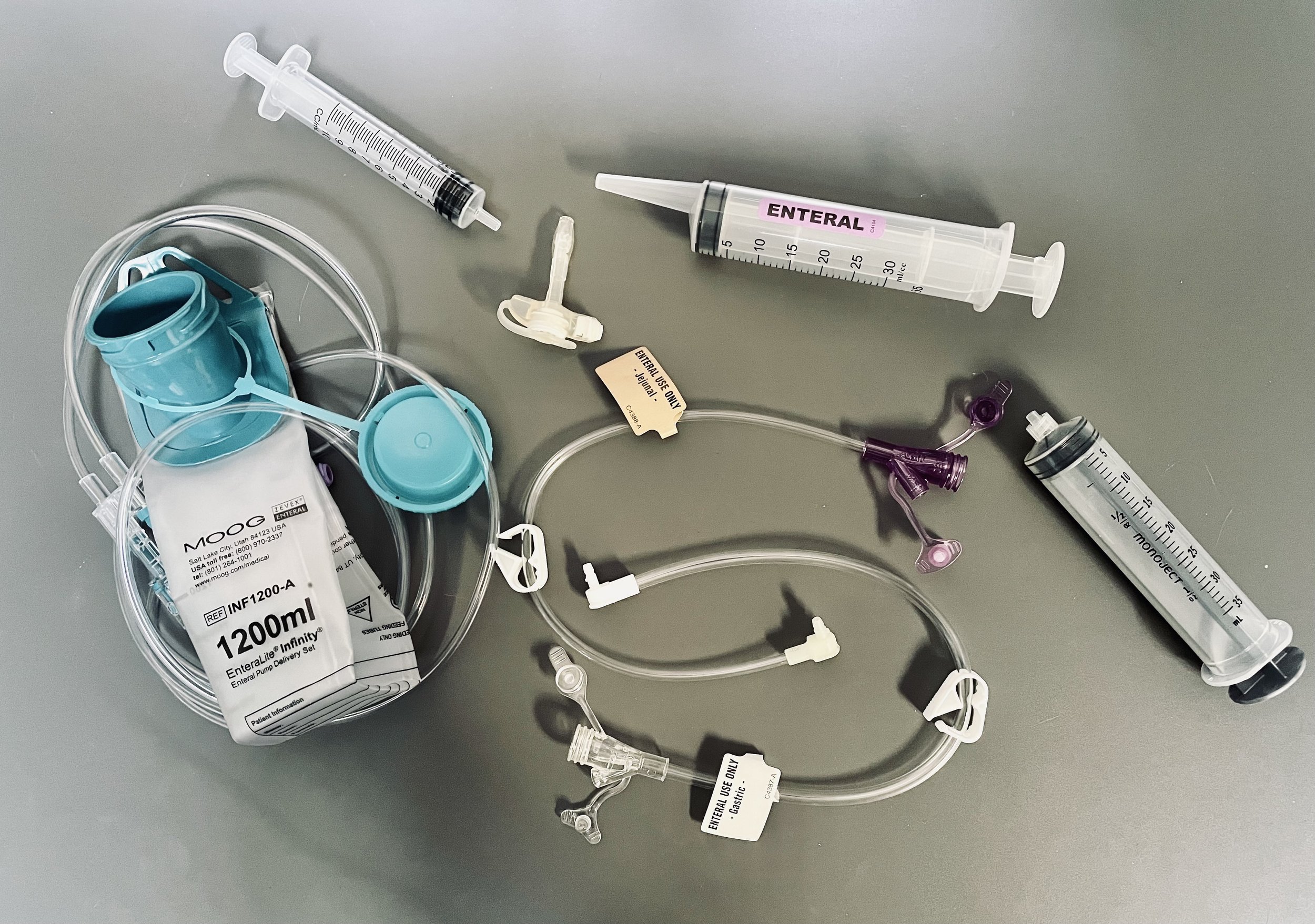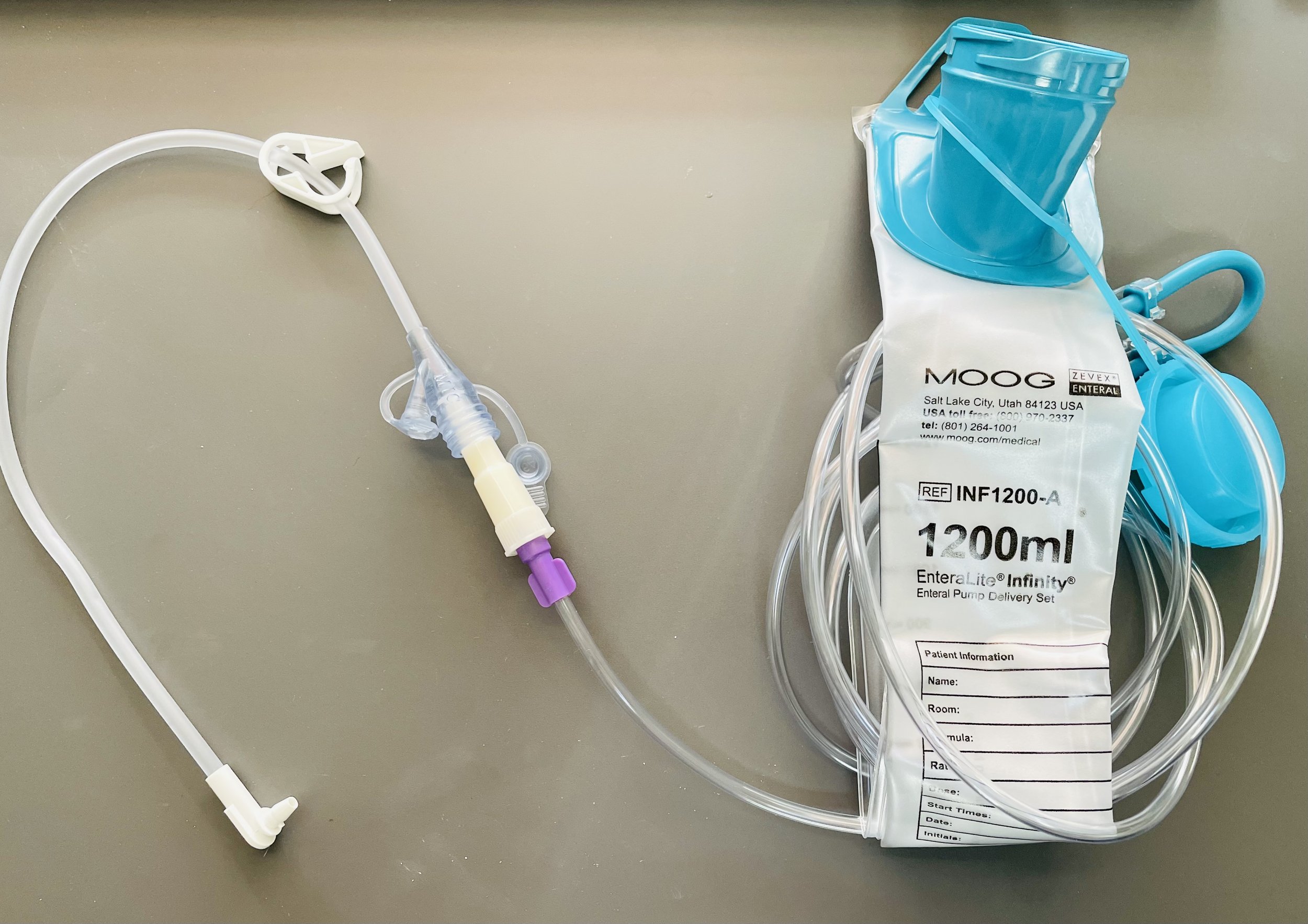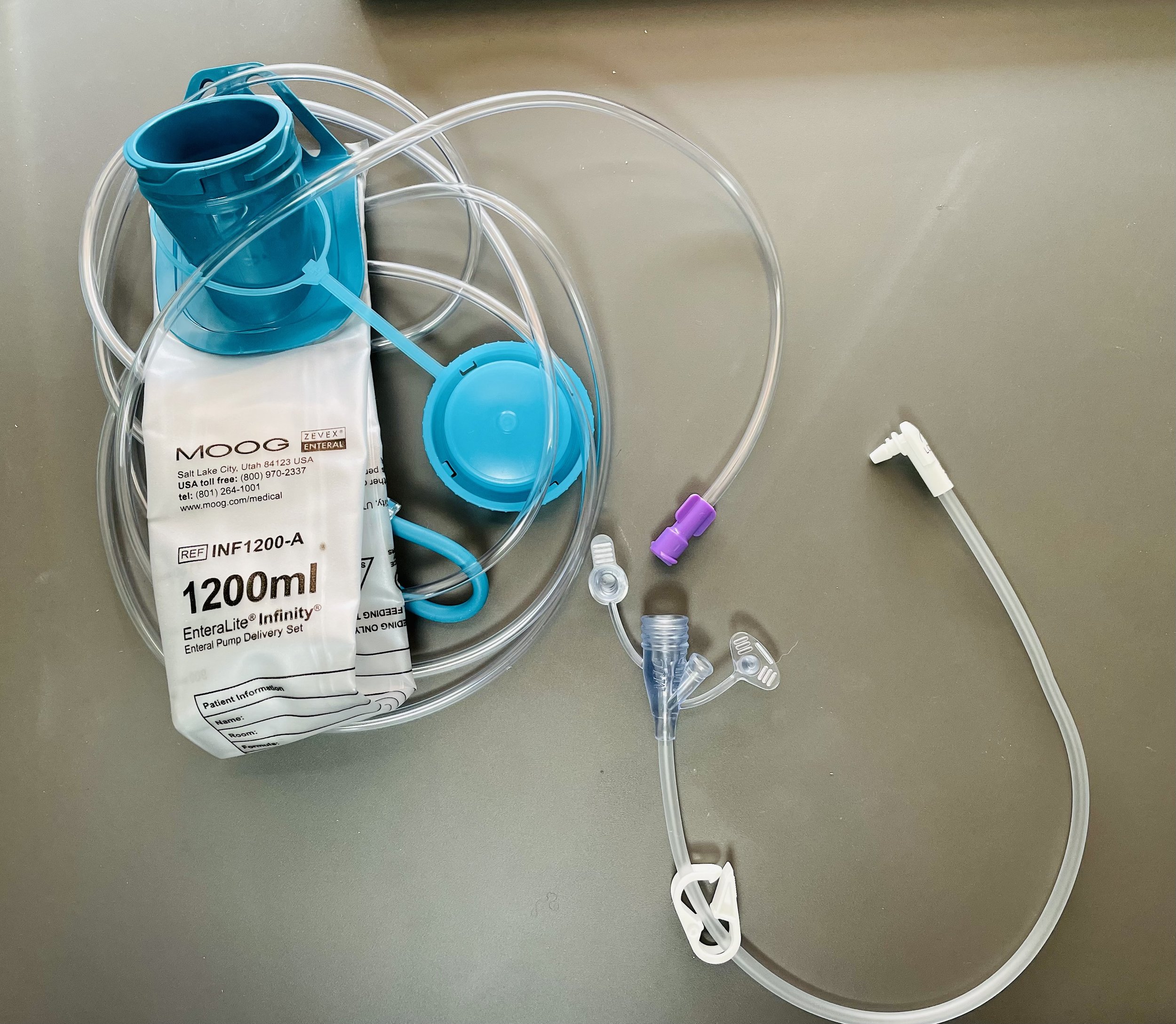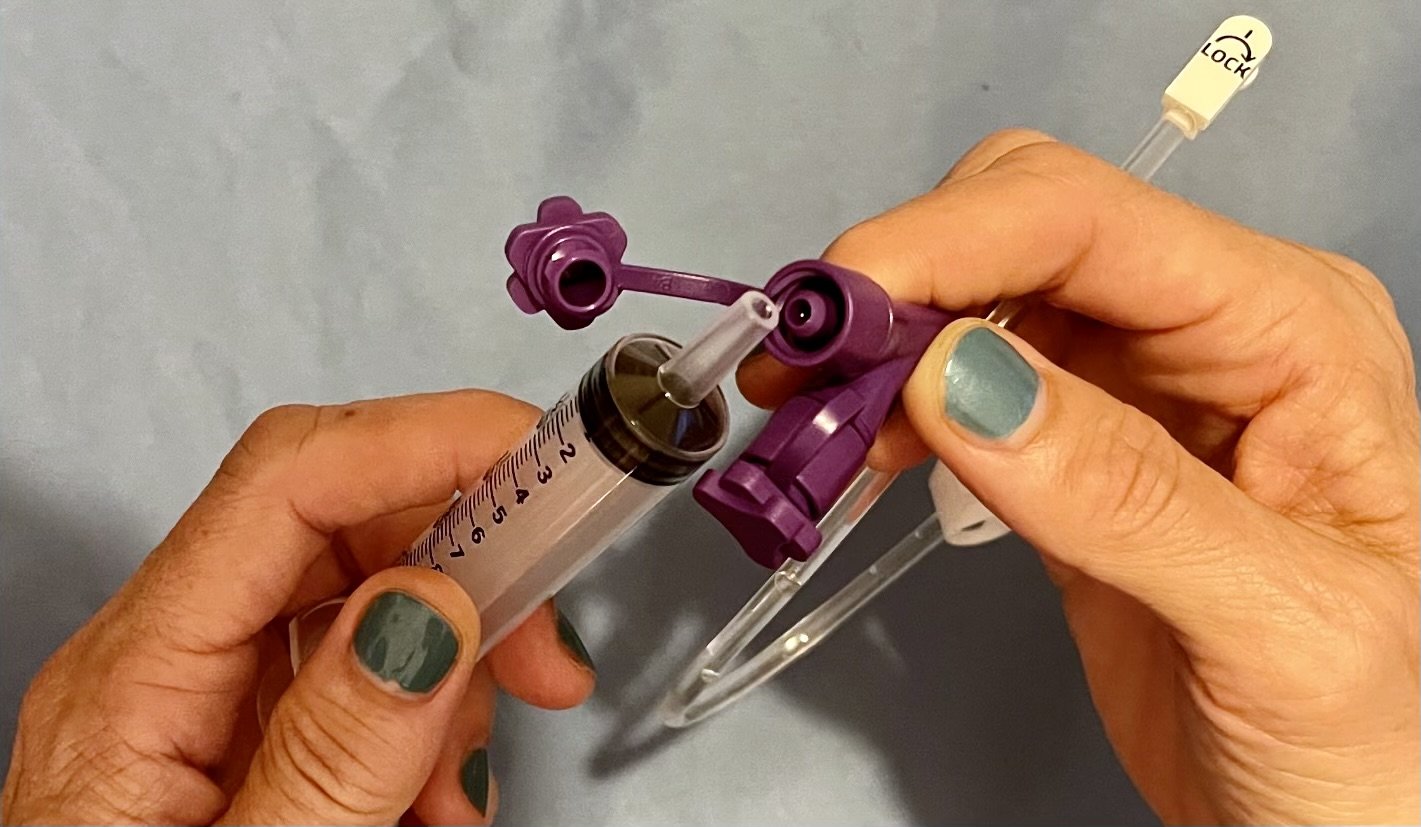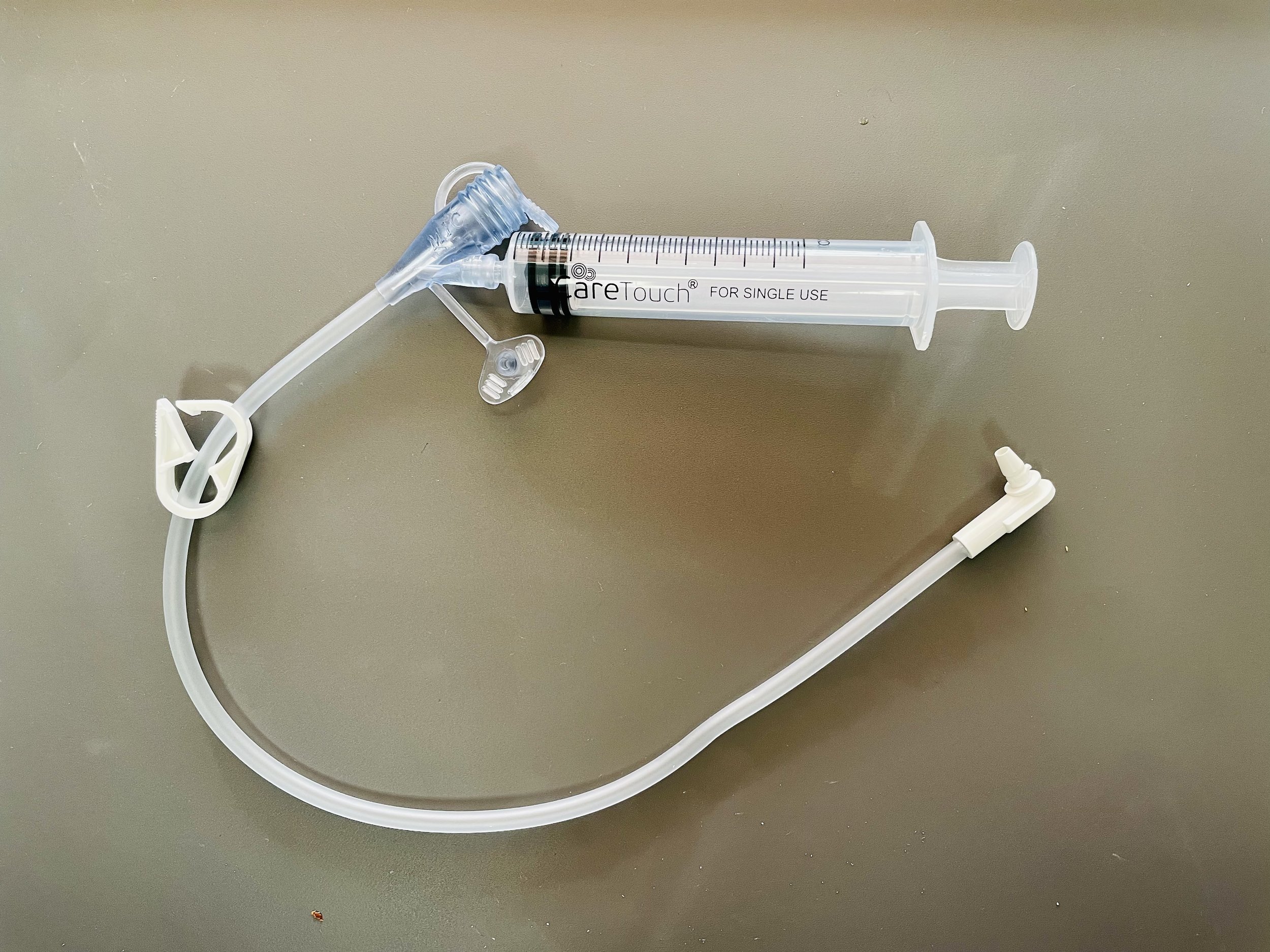Aaron, wearing a college graduation cap and gown with a colorful sash, stands in front of the brick Beloit College sign. A college quad with trees is in the background.
Tell Congress people with disabilities shouldn’t be forced to pay the U.S. debt!
The current bipartisan deal sets spending caps on essential and already underfunded programs, including Medicaid and education for kids with disabilities, that impact millions of Americans – including our Little Lobbyists families.
I just turned 23. I am a graduate of Beloit College, where I majored in Sociology and minored in Political Science. I plan to begin a Master's in Sociology this fall and hope to do research in the Sociology of Sports and inclusion of people with disabilities.
I competed on the track and cross country teams for Beloit; this was after being a 3-sport 4-year athlete in high school (cross country, swim, and track). I was able to participate in all these sports and activities in part due to the provisions of the IDEA and also because I had a tremendous school athletic director and coaches. I plan to get my Master’s degree in hopes of making sure every child with disabilities is able to access extracurricular activities at their school and be part of their teams.
I had a diffuse and catastrophic birth brain injury, which resulted in my disabilities. I have received the diagnoses of cerebral palsy (tetraplegia) and epilepsy. I take expensive seizure medications to maintain my health; my family’s insurance helps me to afford them, but the landscape is continually changing in terms of generic vs. name brand medications and affordability. I also receive care from both a neurologist/epileptologist and a physiatrist, along with my basic medical care.
Aaron competing in cross country. He’s wearing a team running outfit and is crossing a small stream in a wooded area.
The Individuals with Disabilities Education Act (IDEA) has NEVER been fully funded. Currently, the Federal government pays only 16% of IDEA costs. Capping spending at less than the rate of inflation will mean fewer special education teachers and inclusion personnel in already struggling classrooms. How would that have affected you? How would it affect others today?
Because of IDEA, I was able to access both academic and extracurricular supports which allowed me to be successful and SAFE during the school years. I was able to receive support from a seizure-trained paraprofessional and to have coaching and participate on teams where all my medical accommodations were respected and honored. Cuts to the IDEA would really jeopardize the opportunities I had for young people today trying to receive an education and be part of their communities.
Republicans claim capping spending is necessary to cover the U.S. deficit, but that’s just not true. House Republicans have introduced legislation to make permanent the “Trump tax cuts” that will cost the U.S. $1.7 trillion by the end of this year.
Our kids with disabilities shouldn’t be asked to cover the U.S. debt to pay for the cost of tax cuts to the ultra rich. We can’t let that happen.










